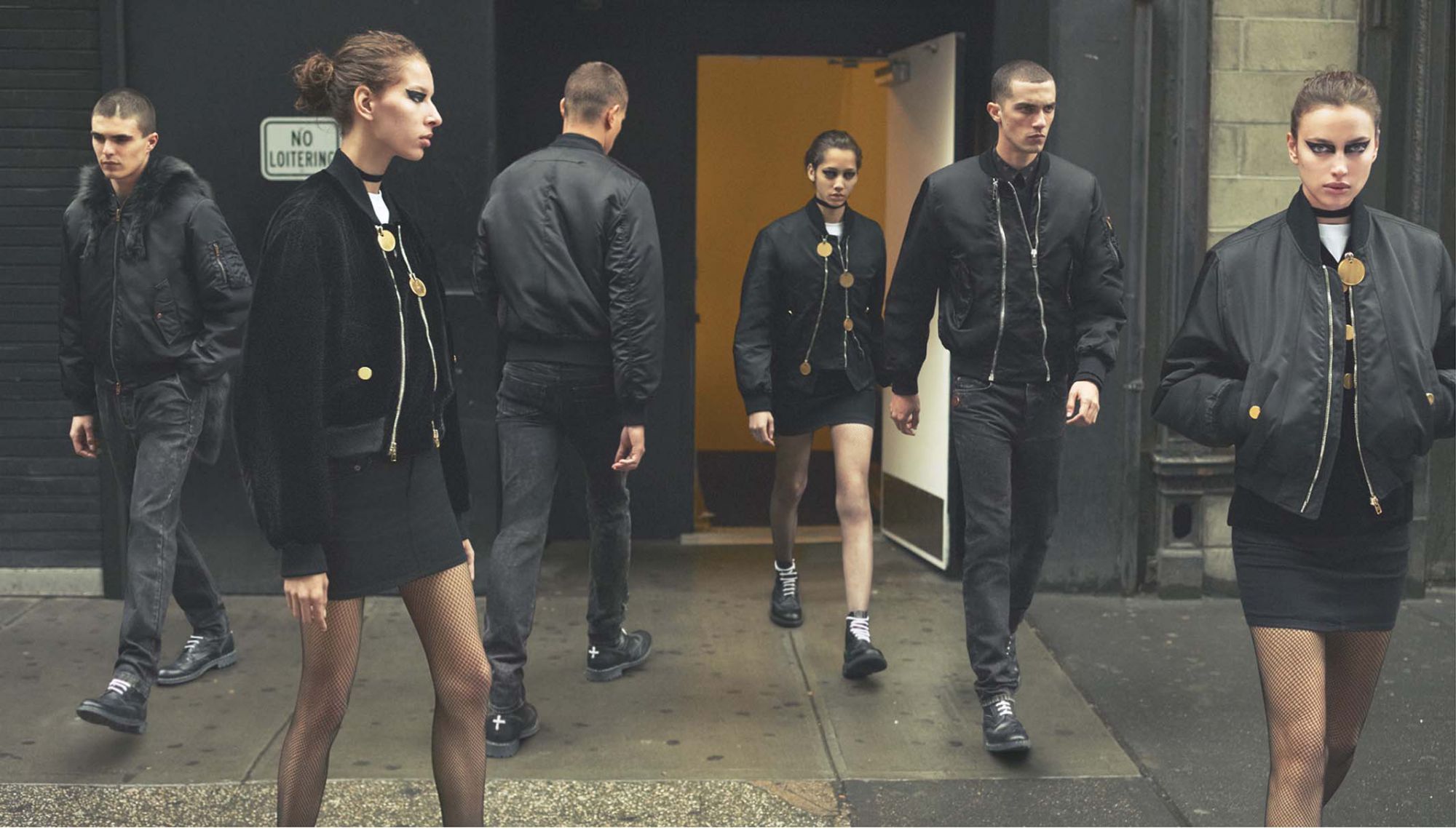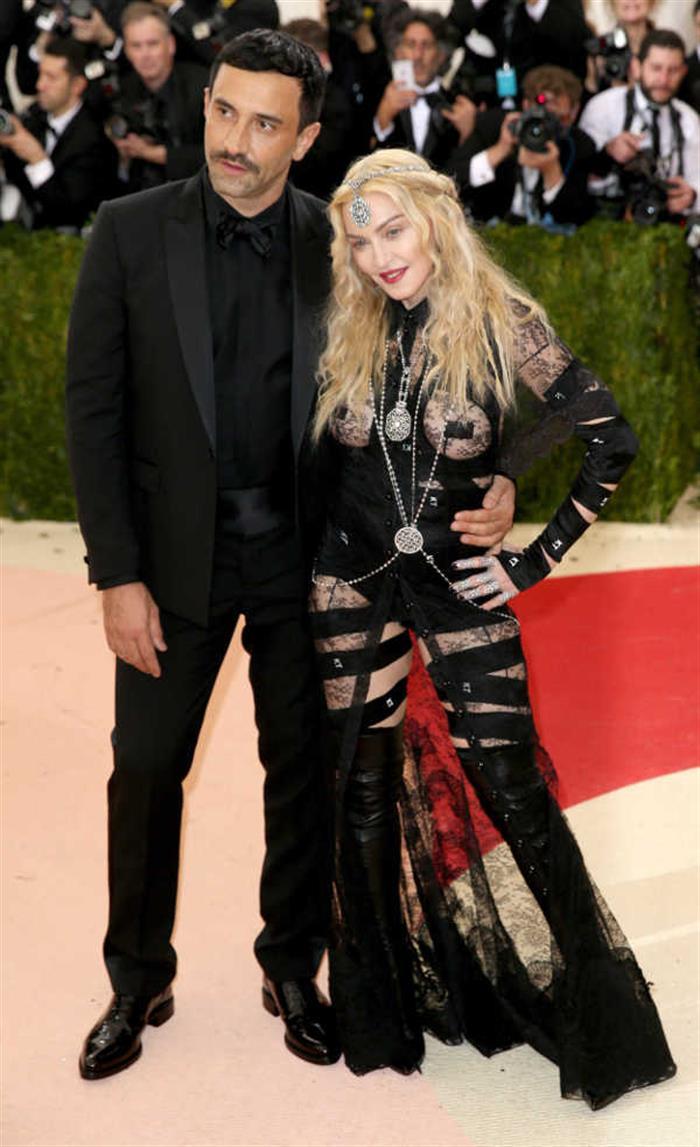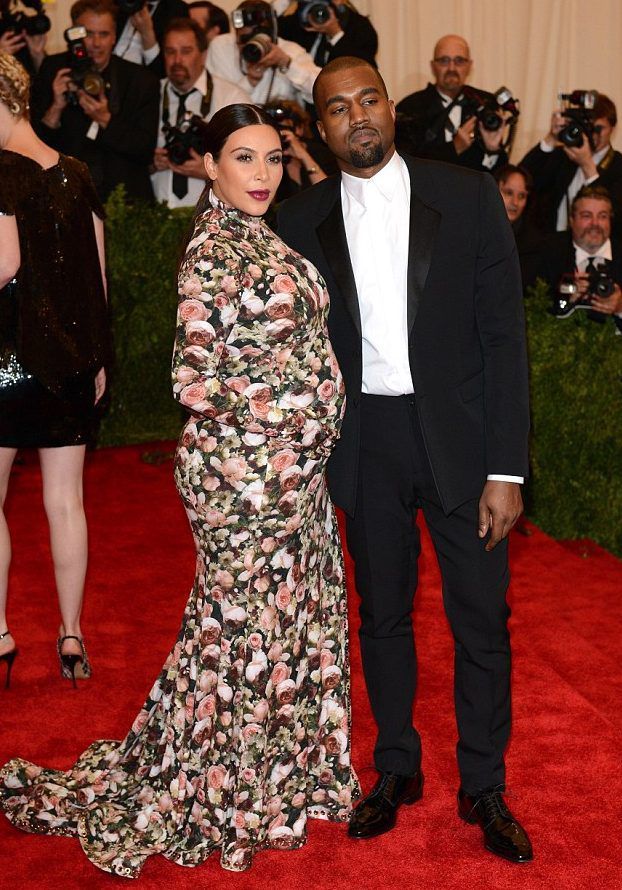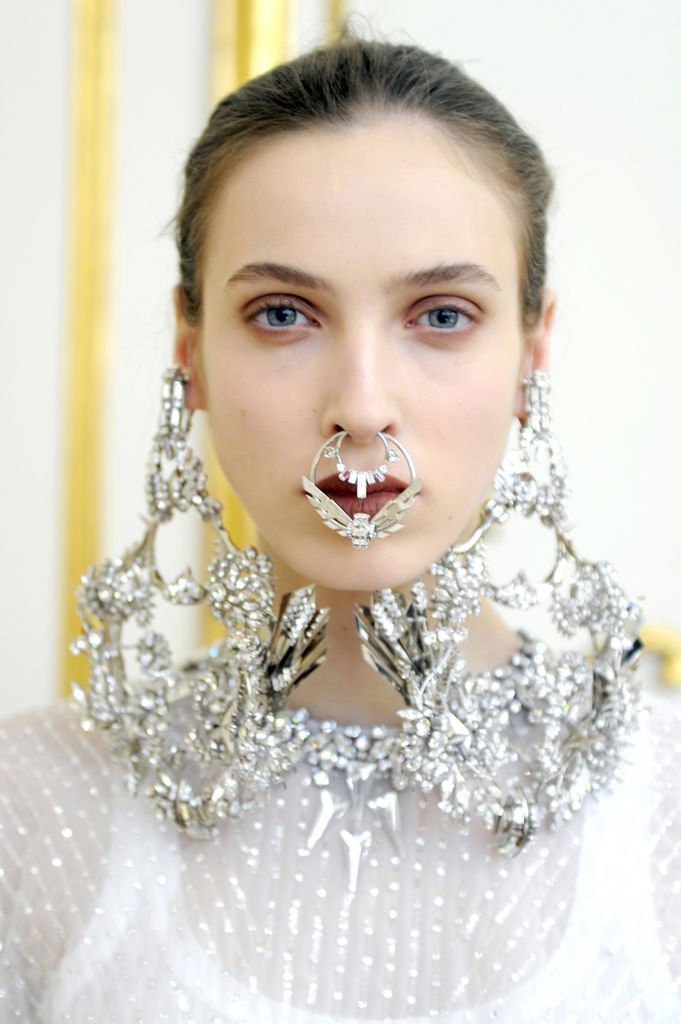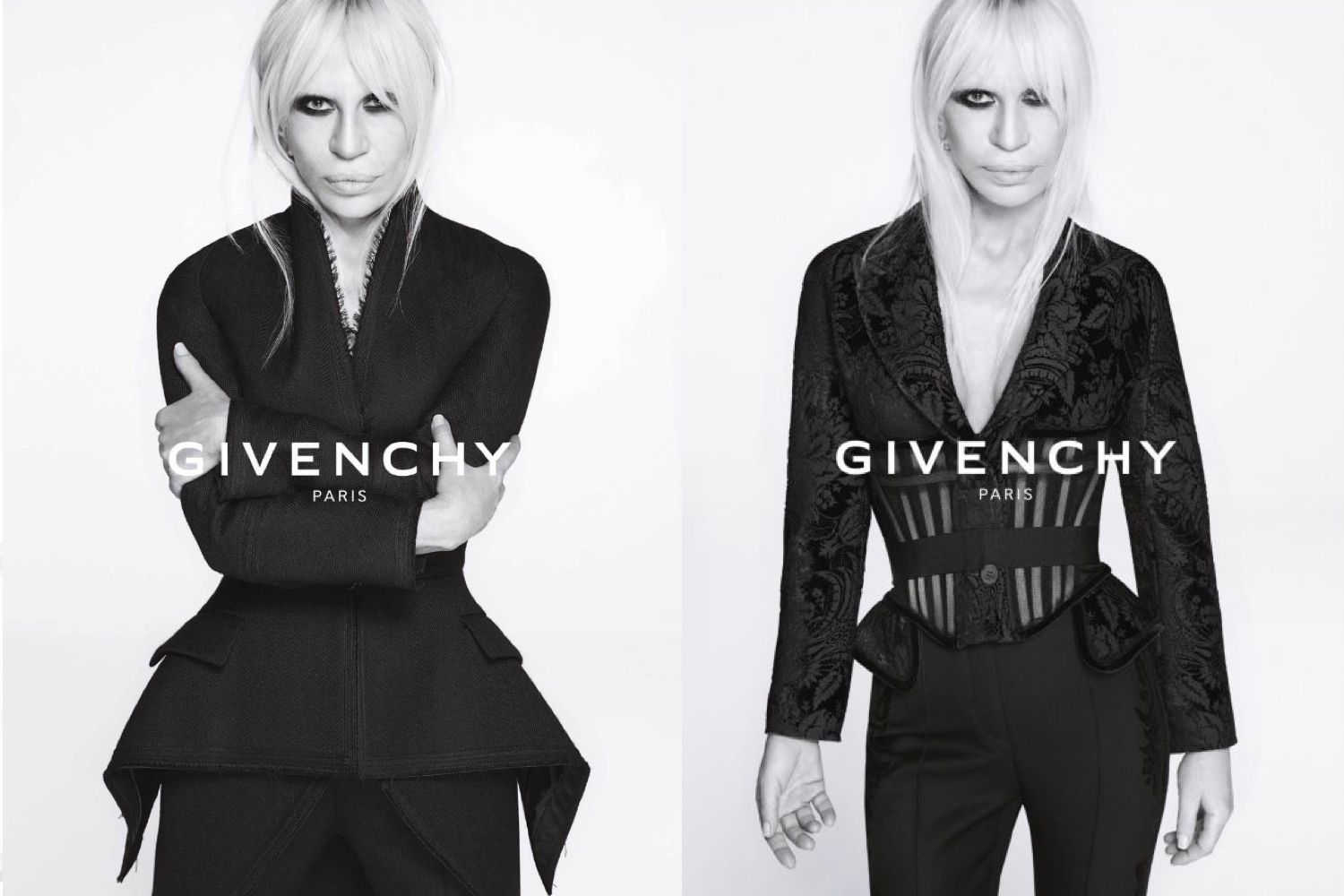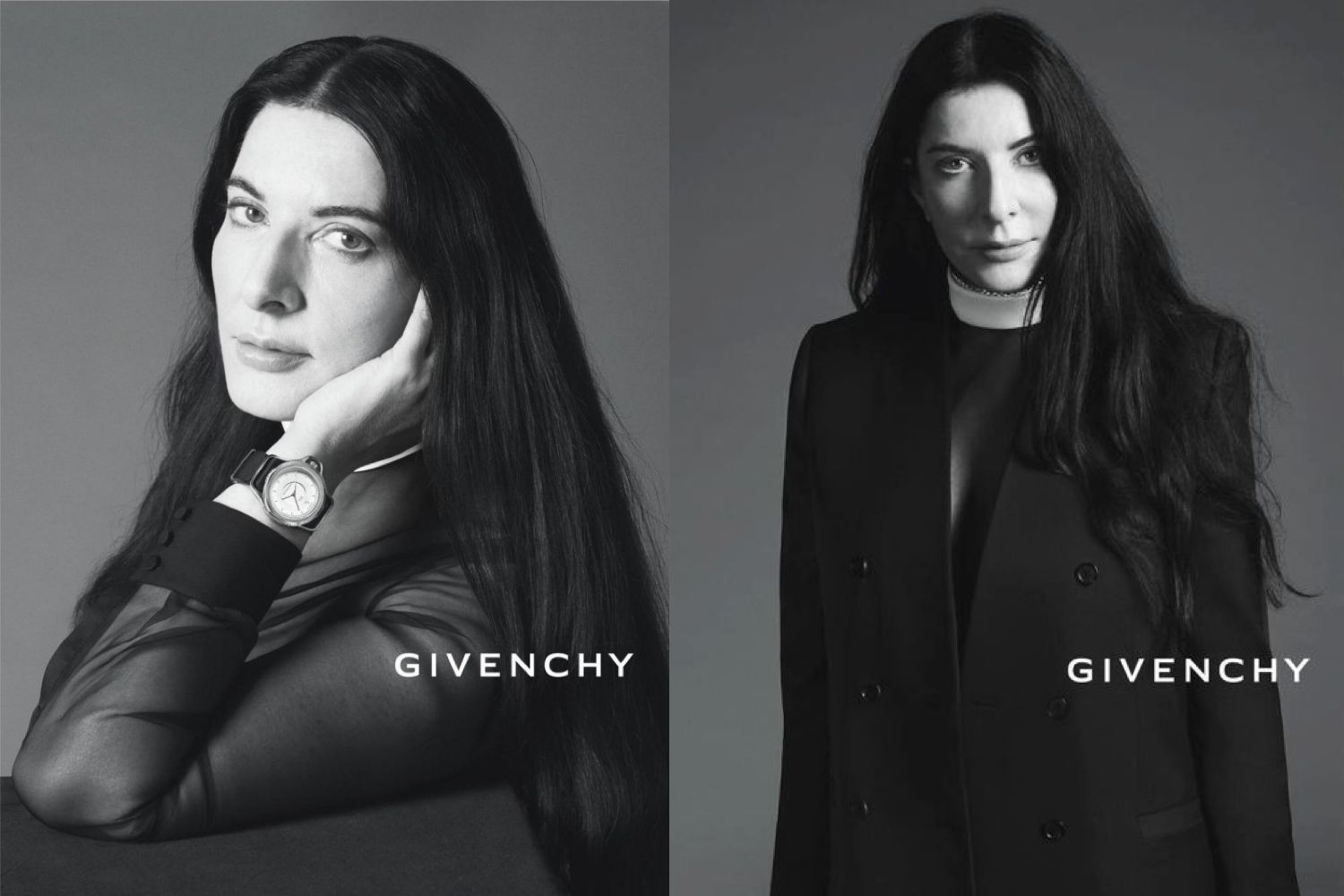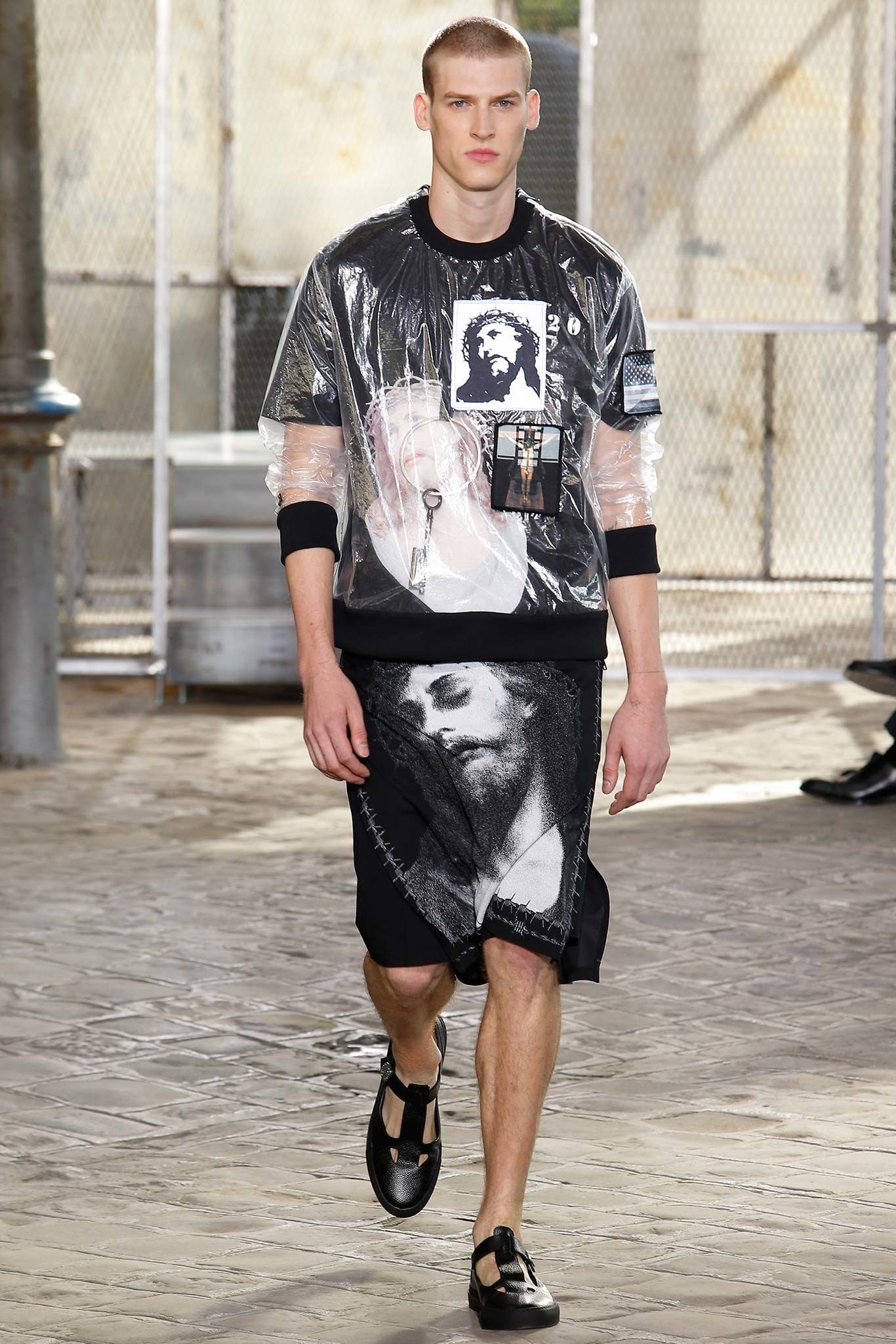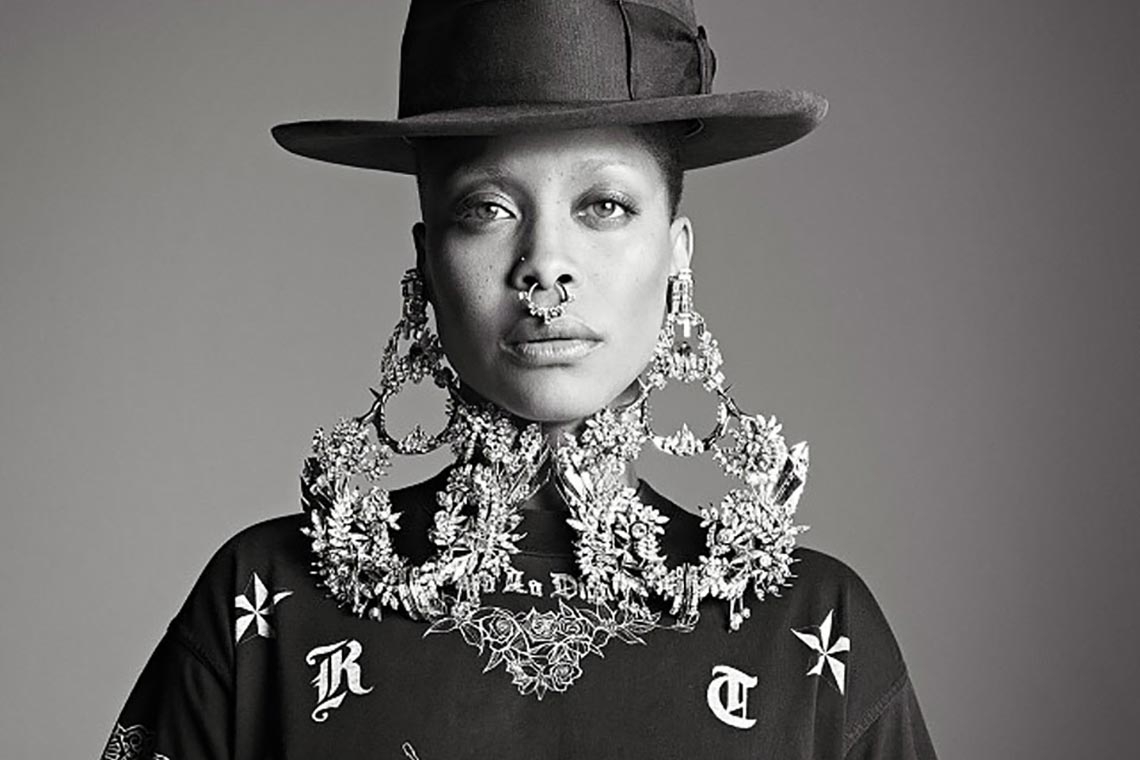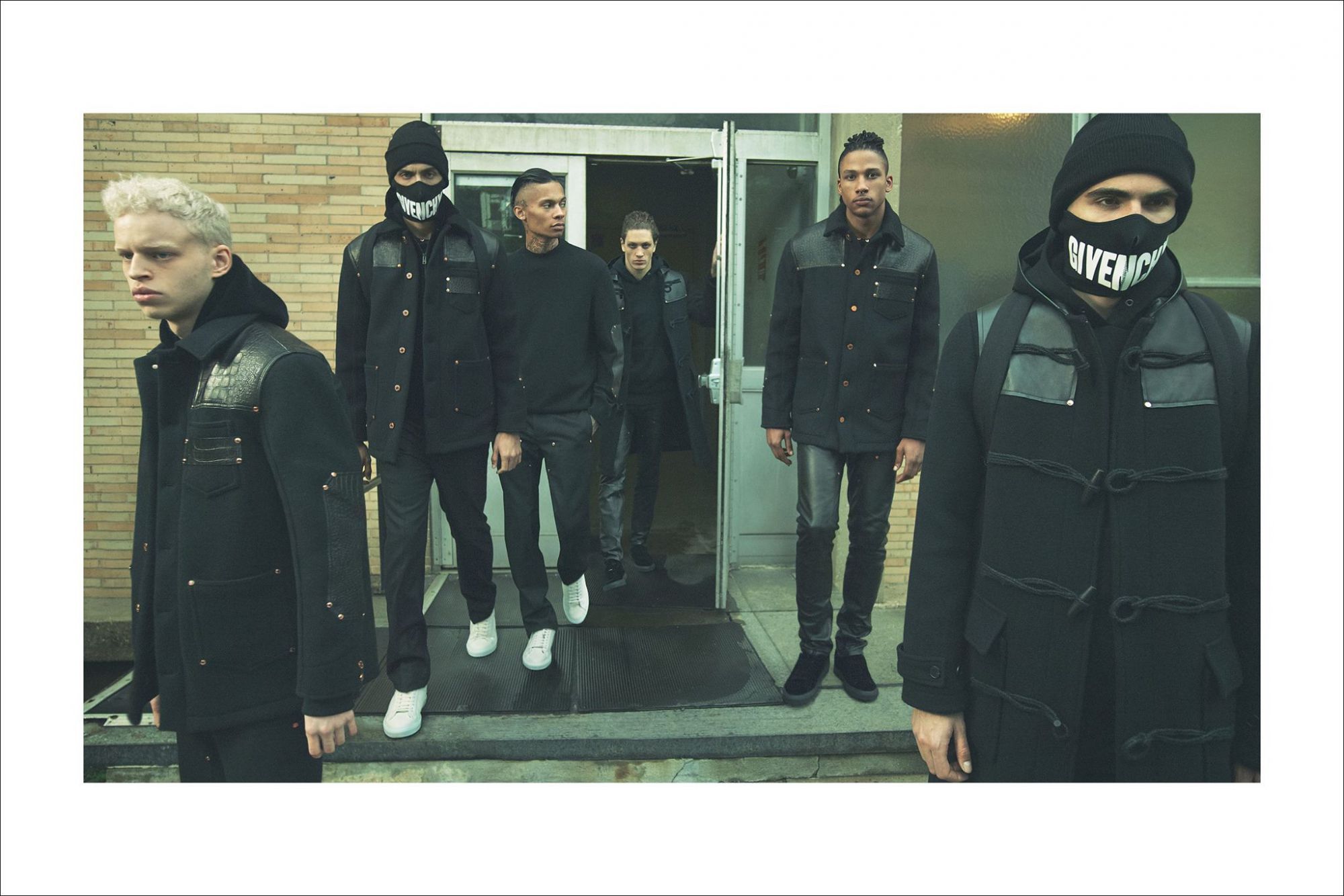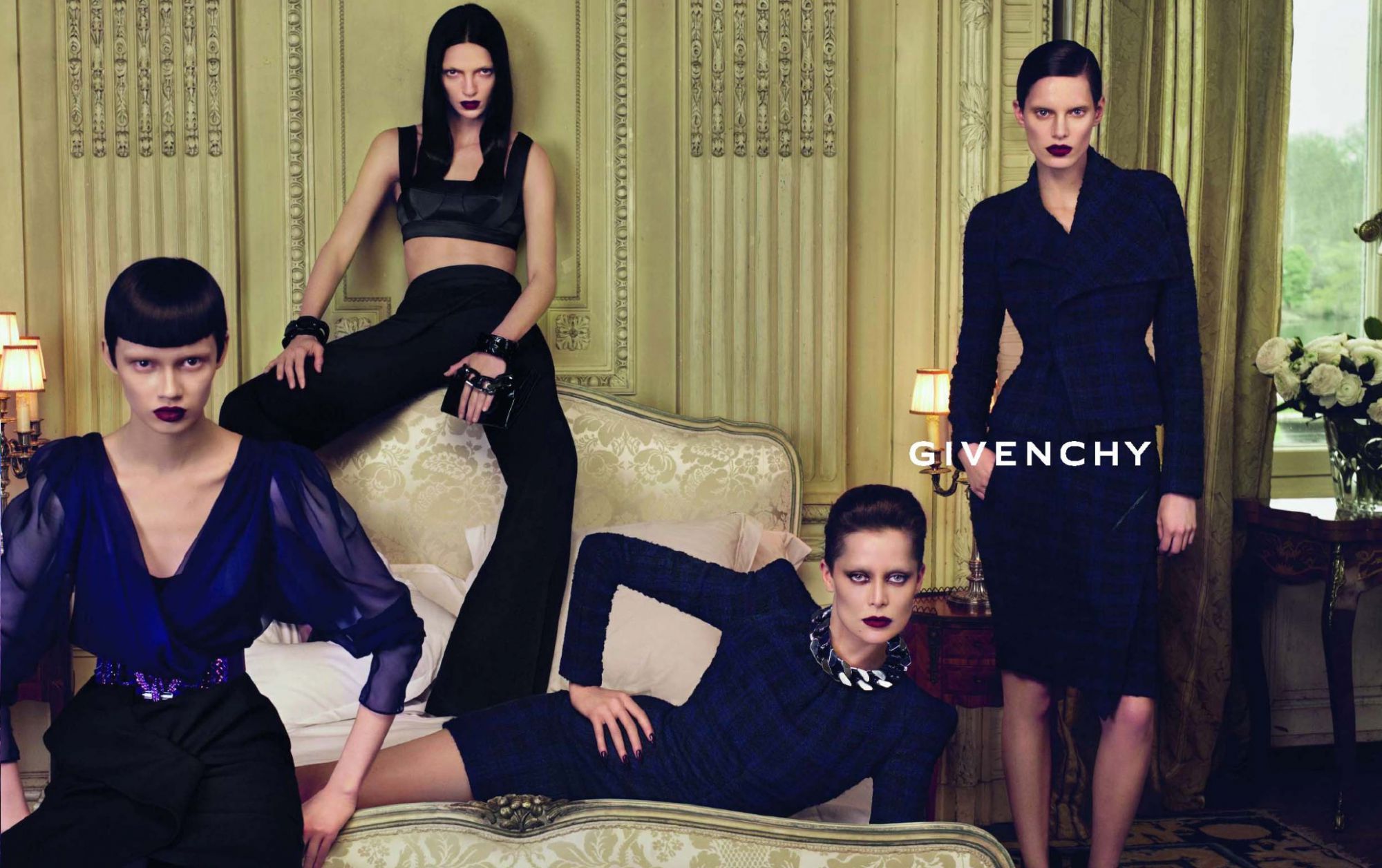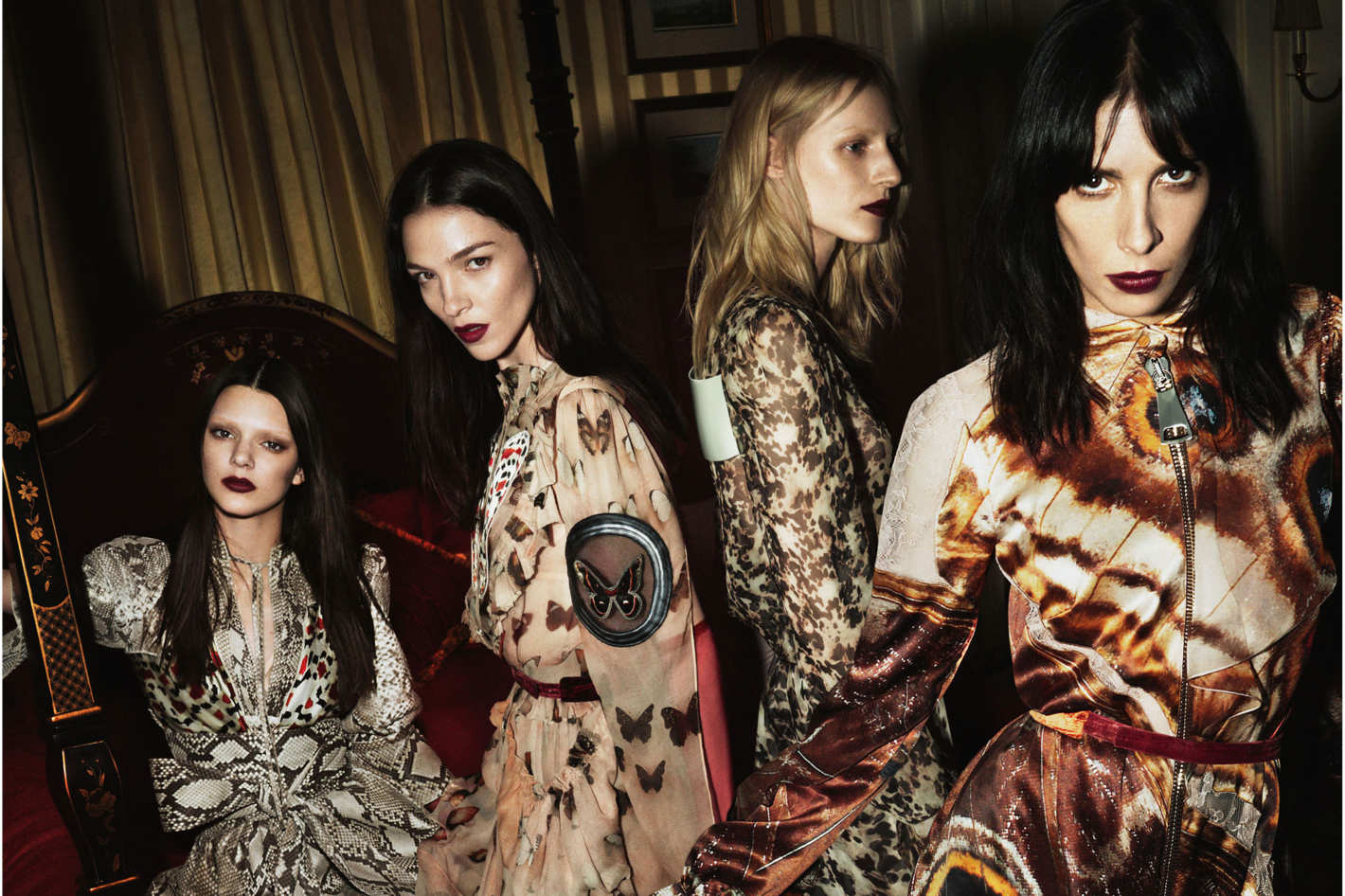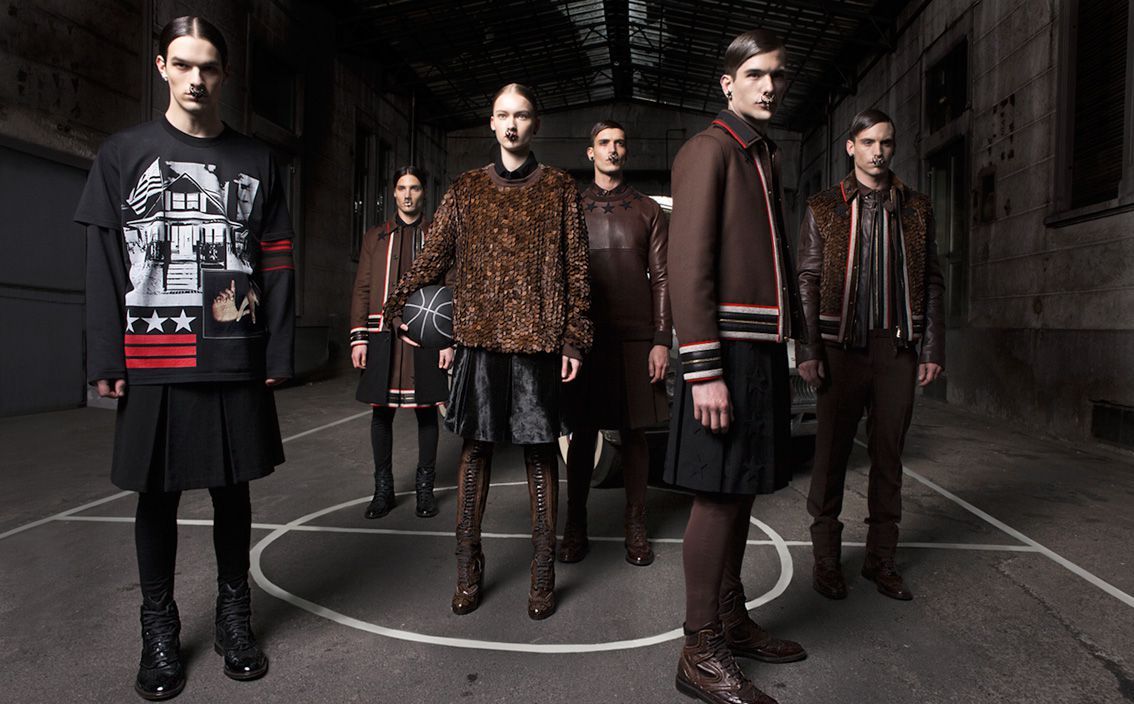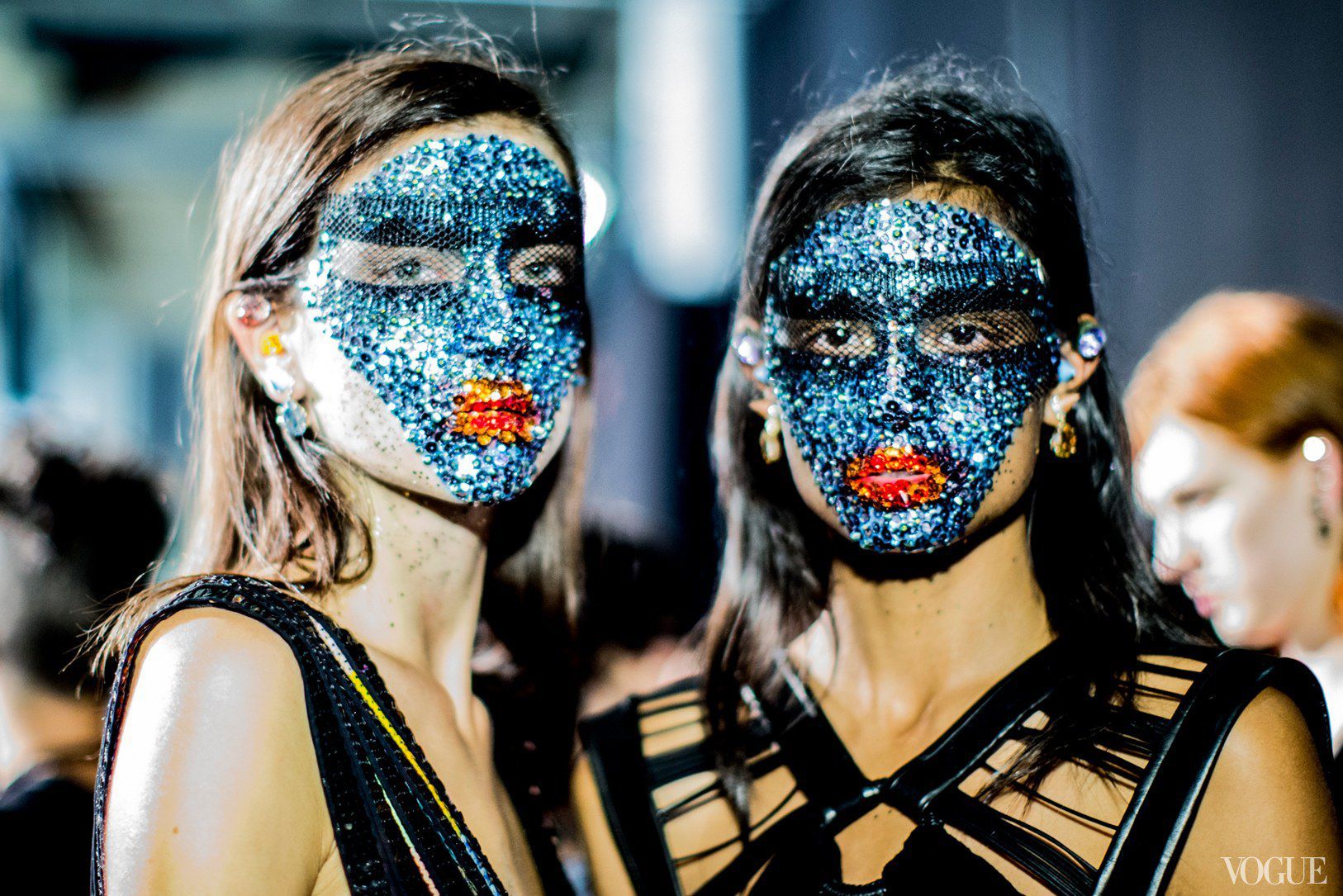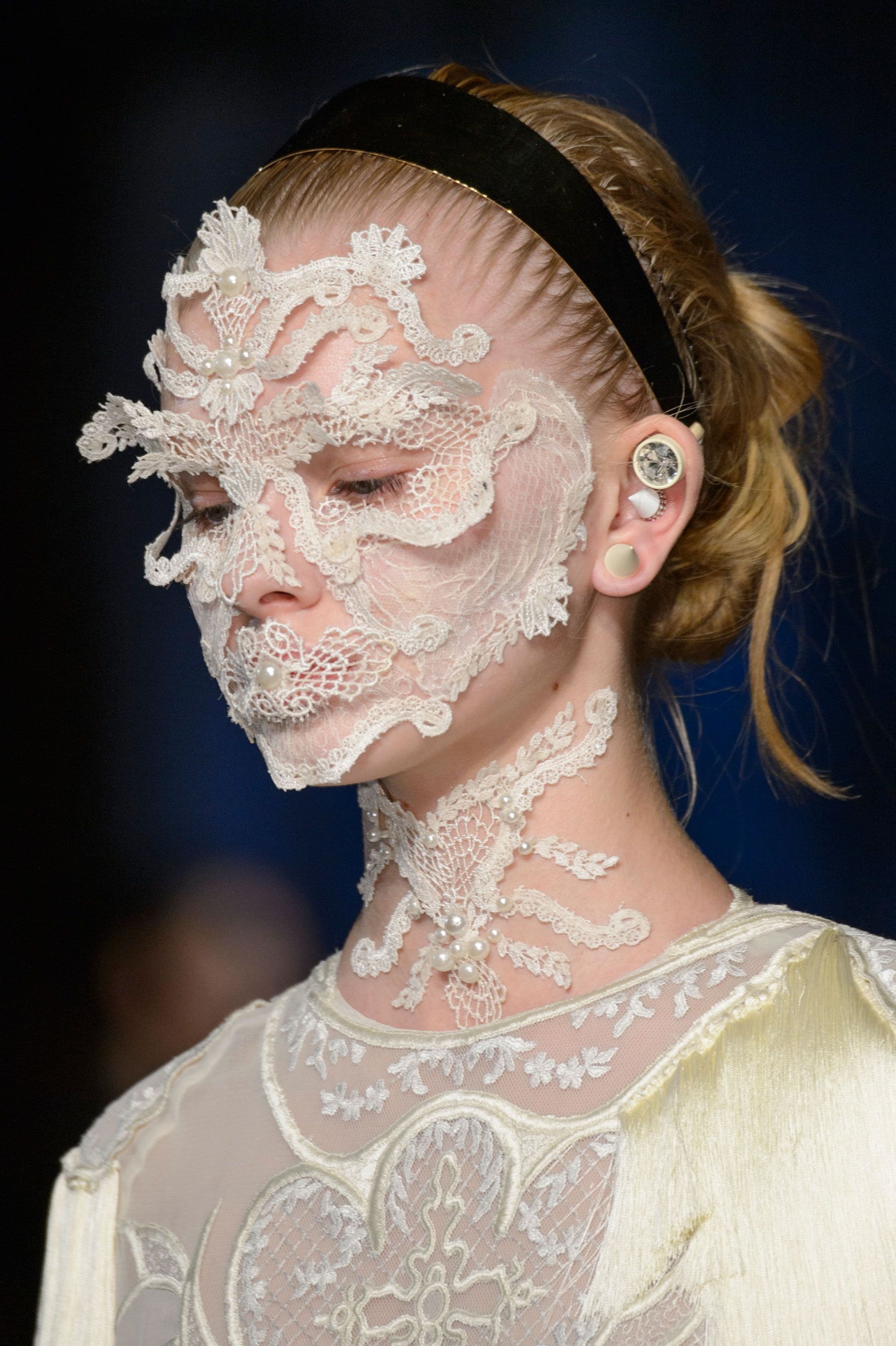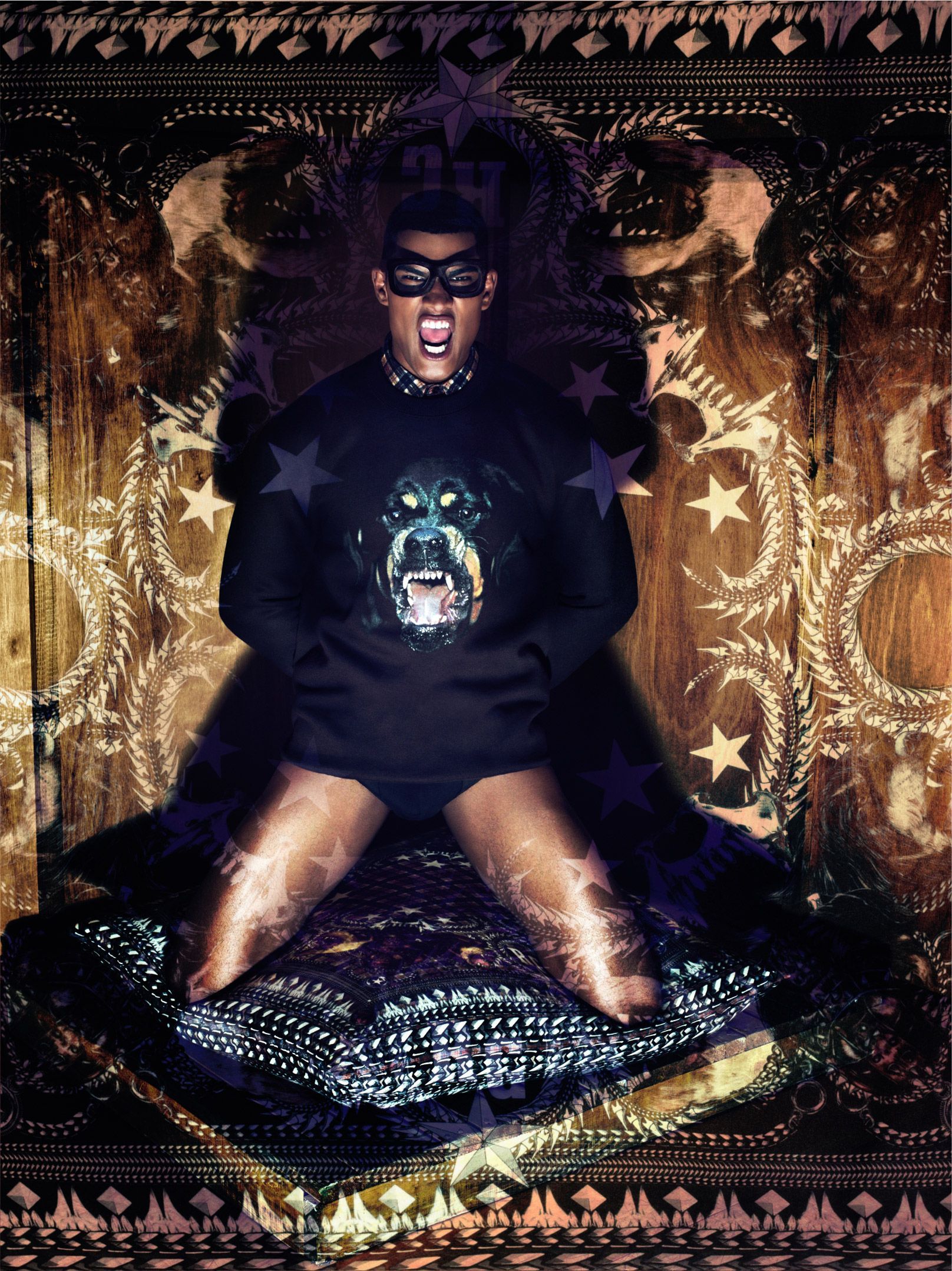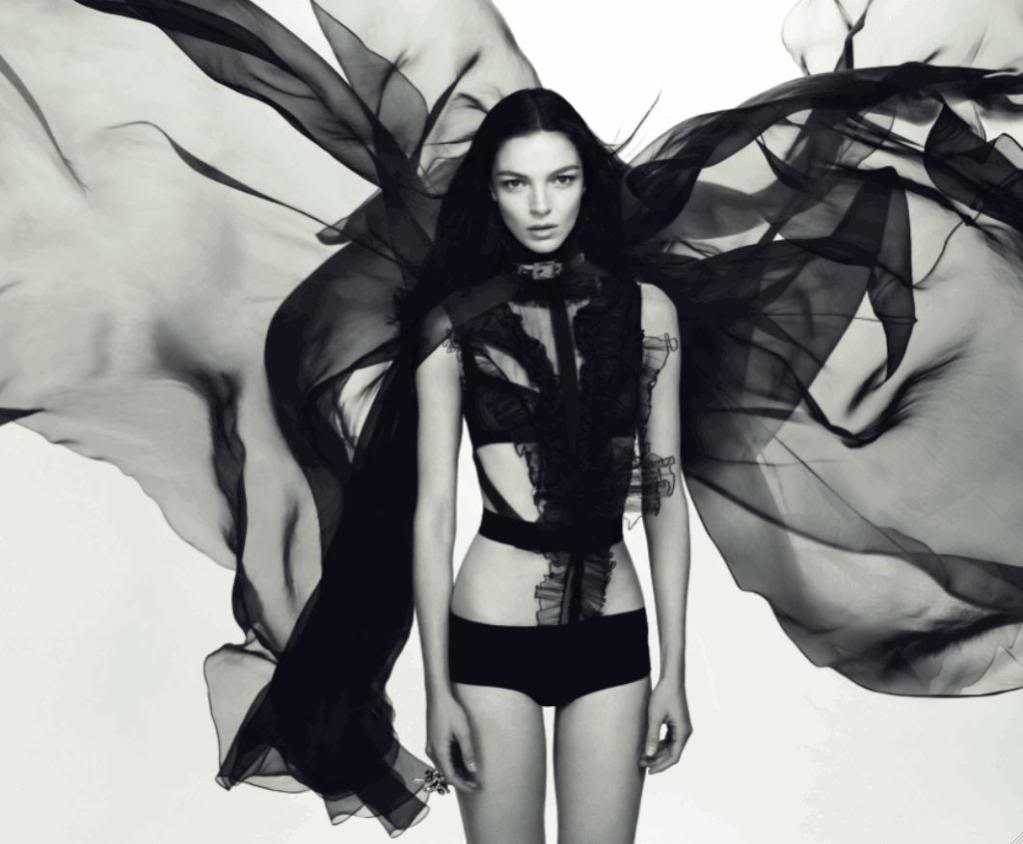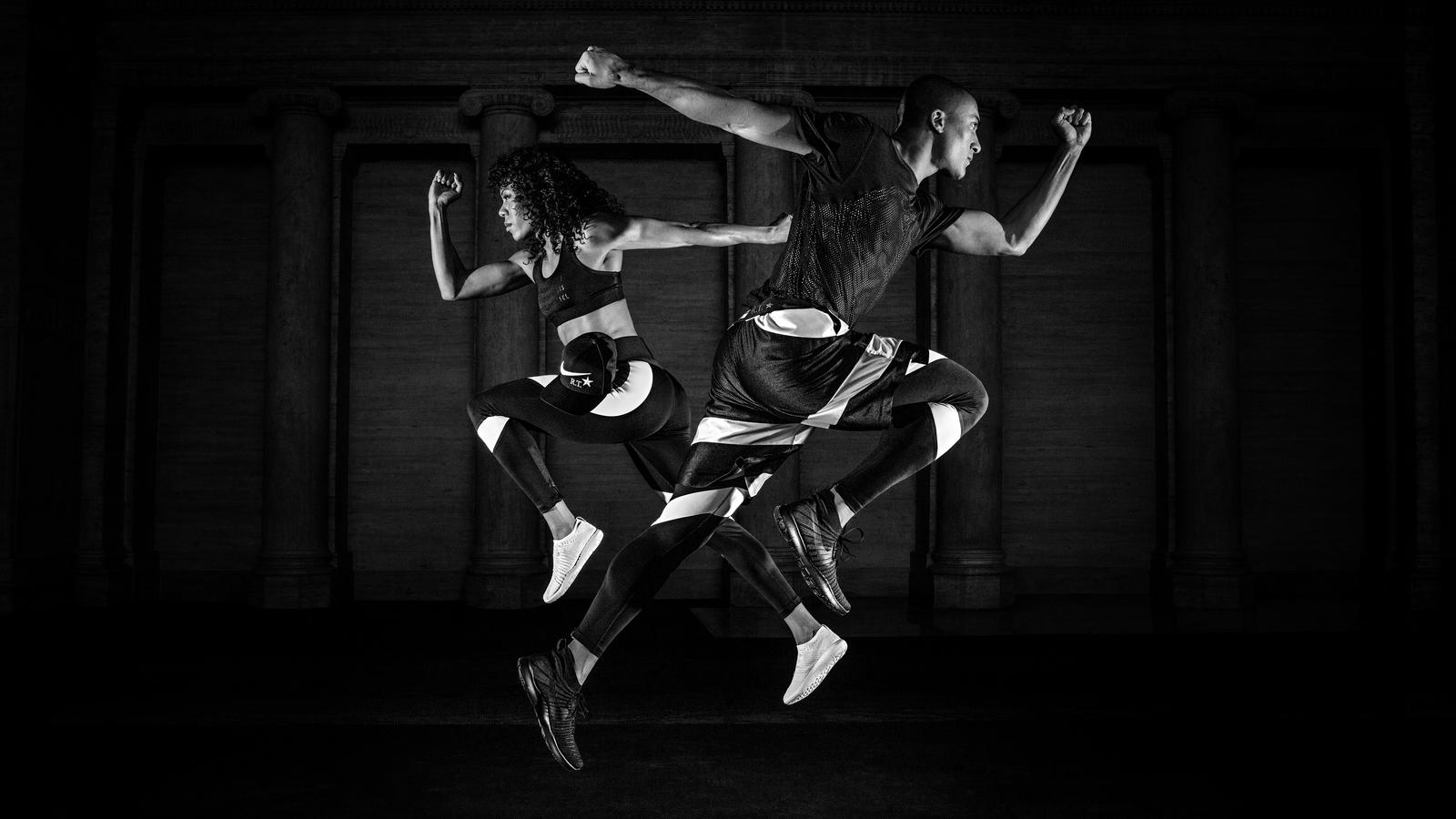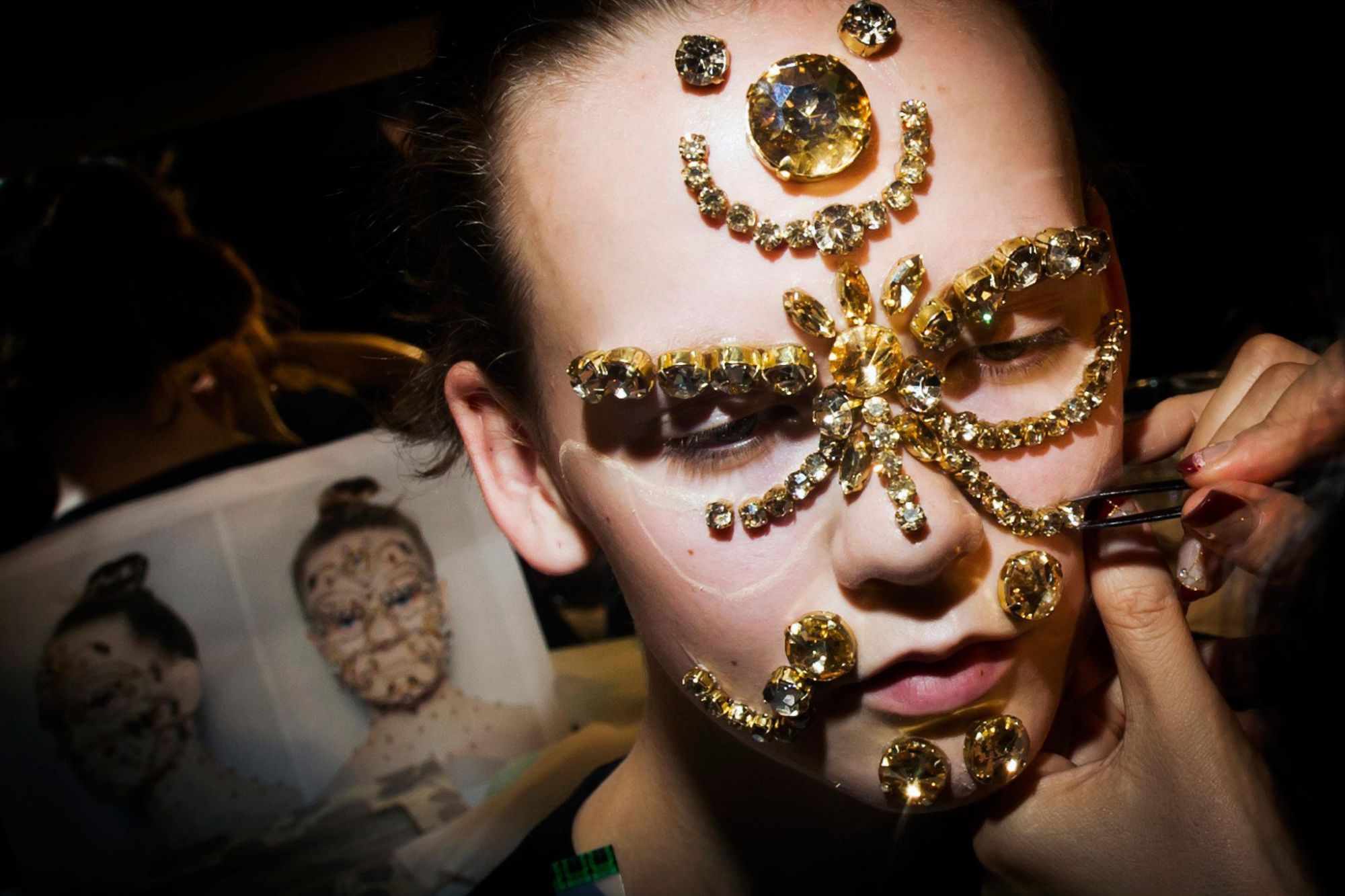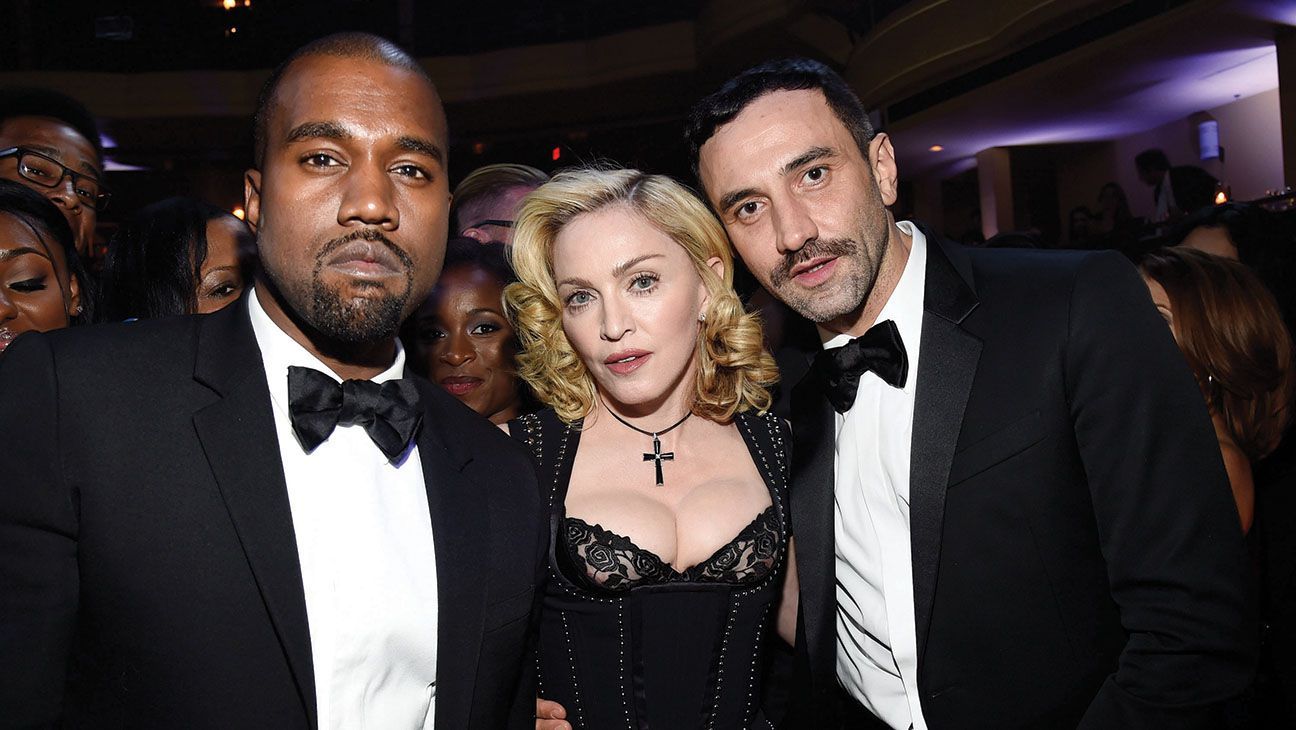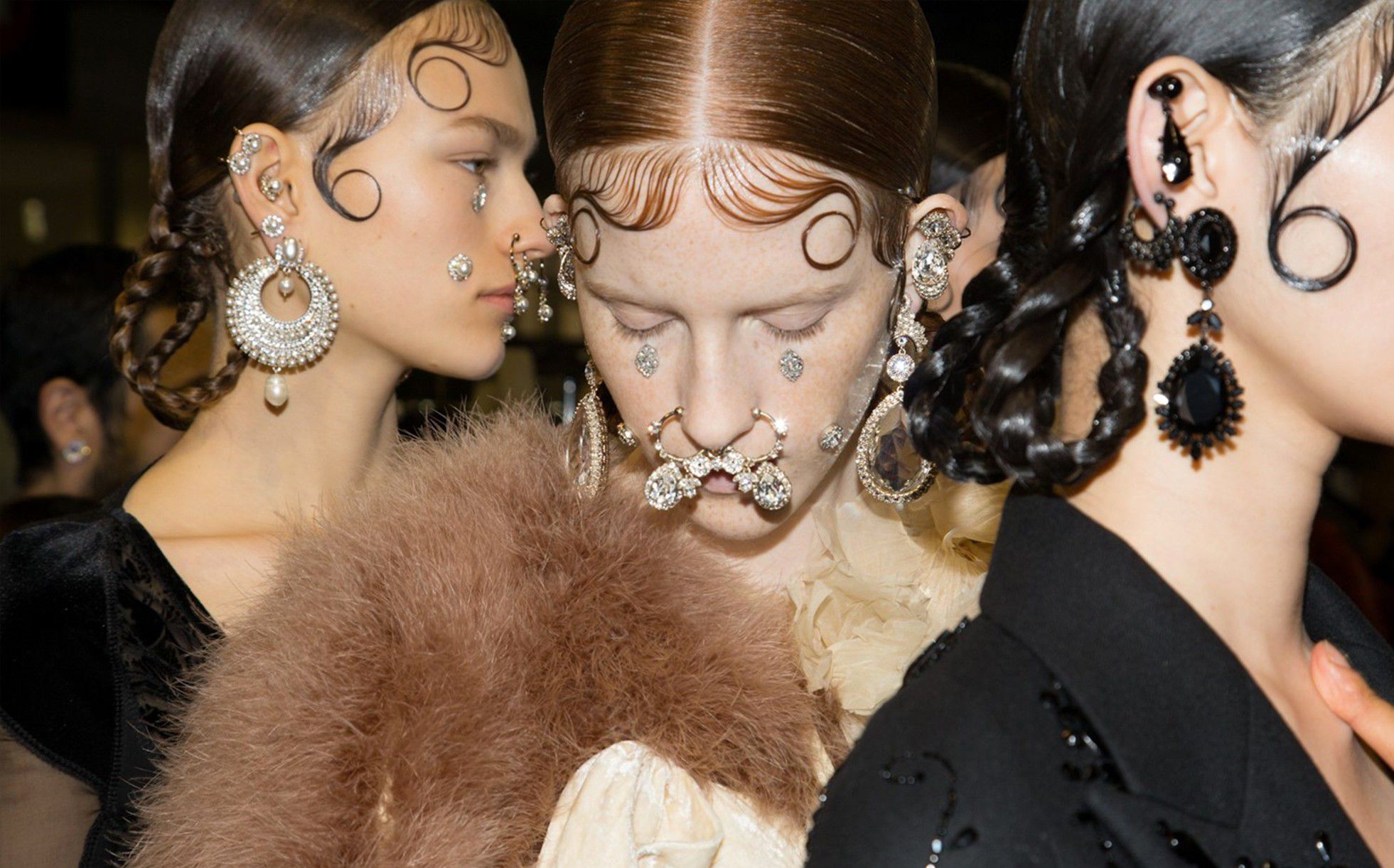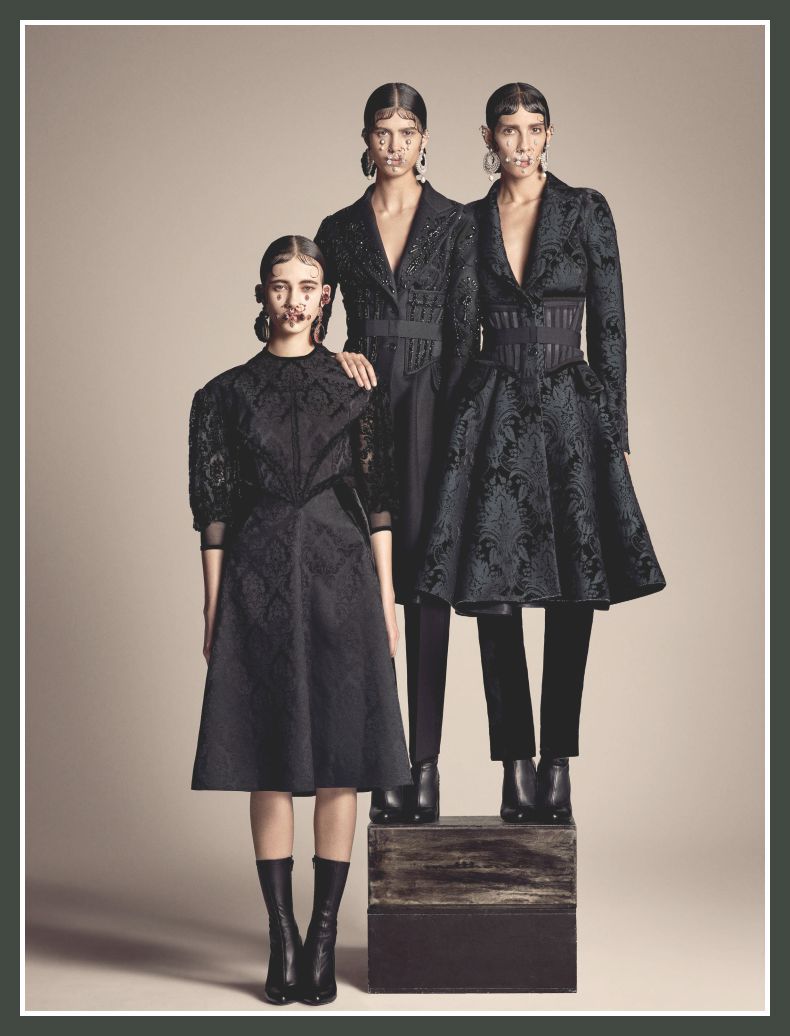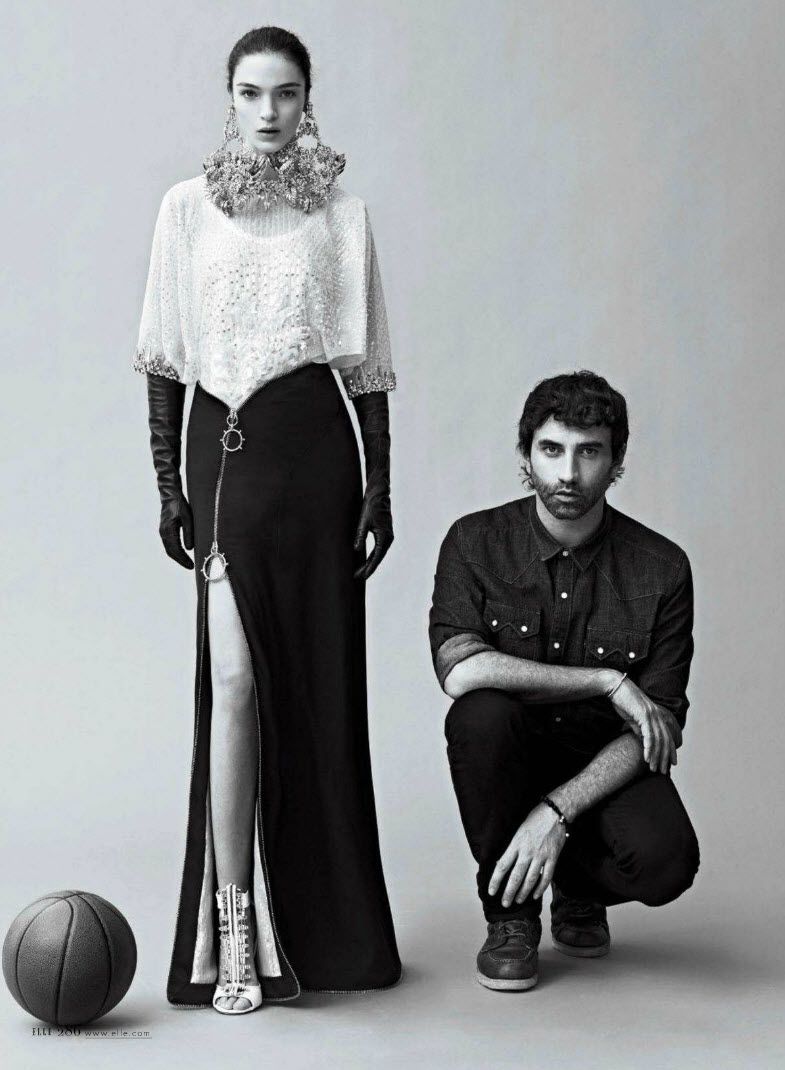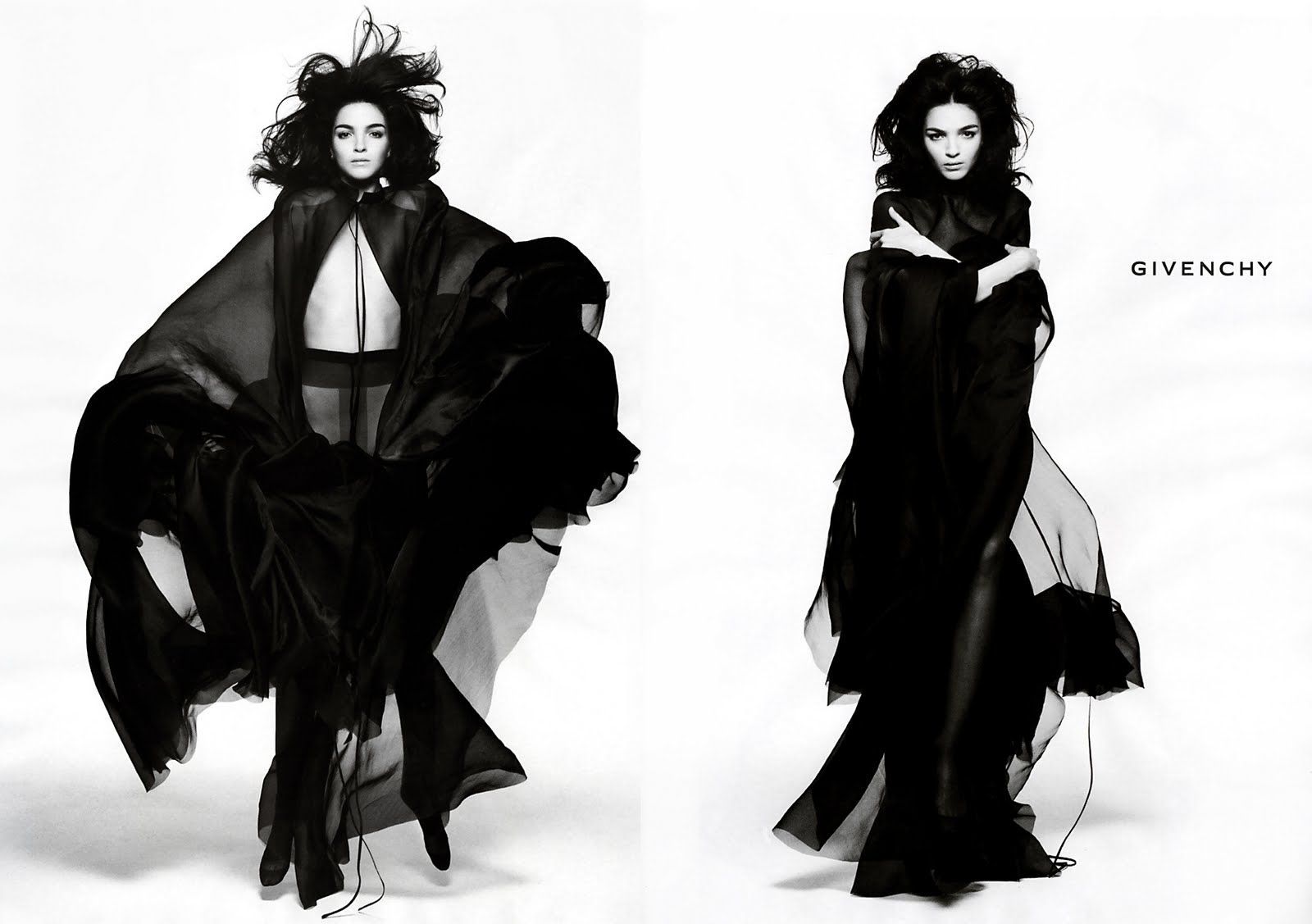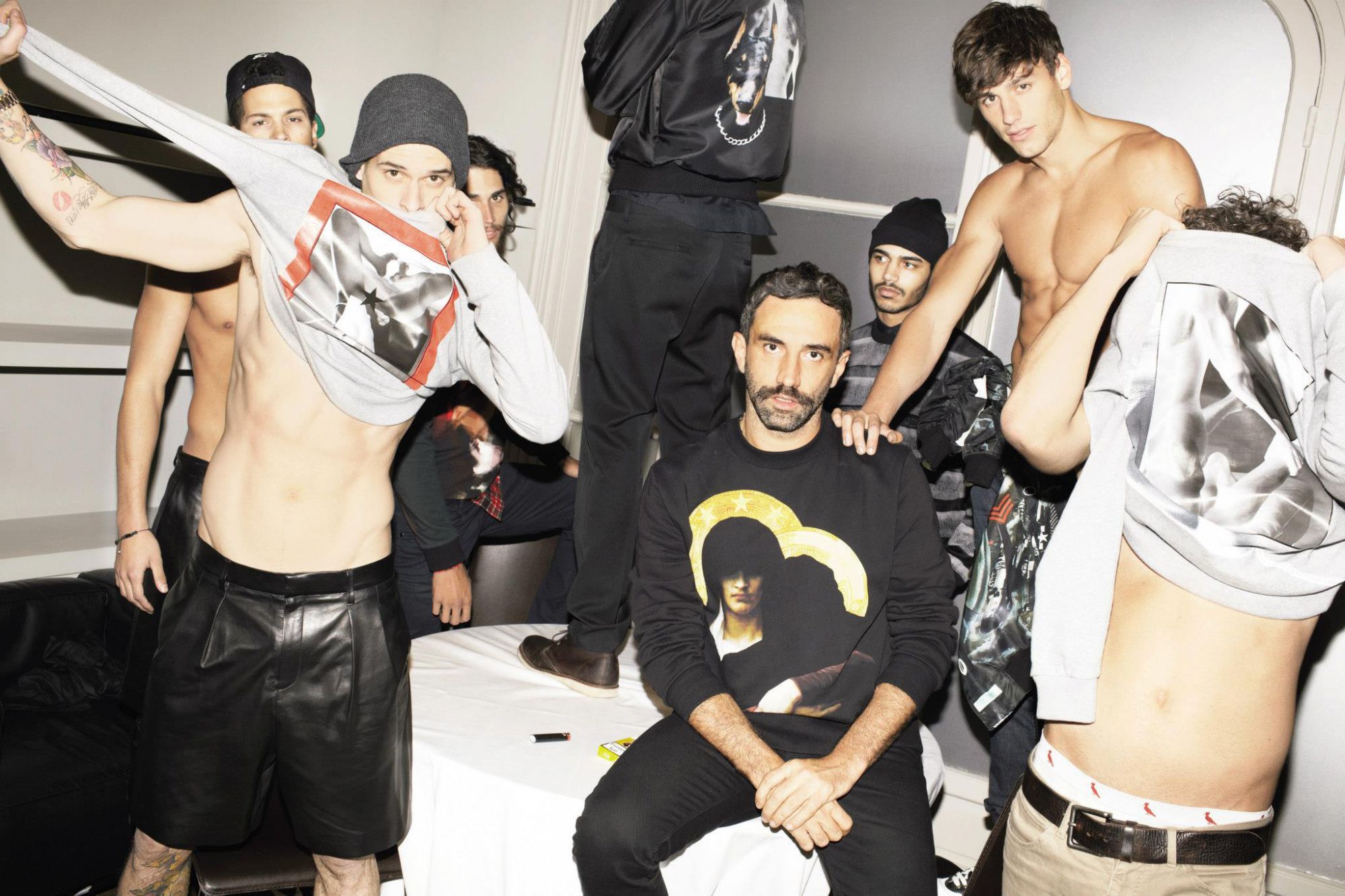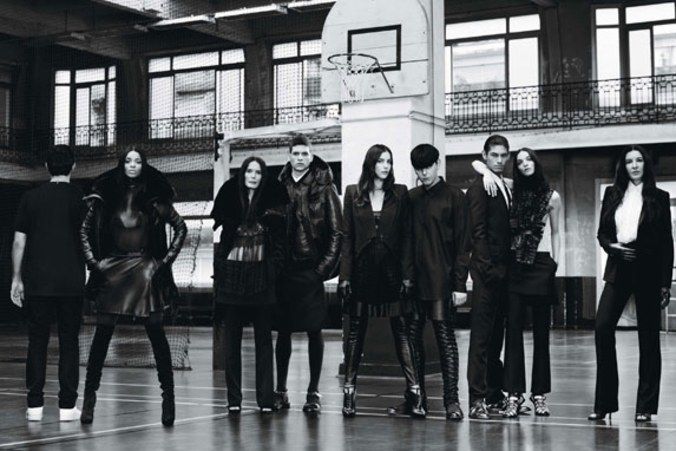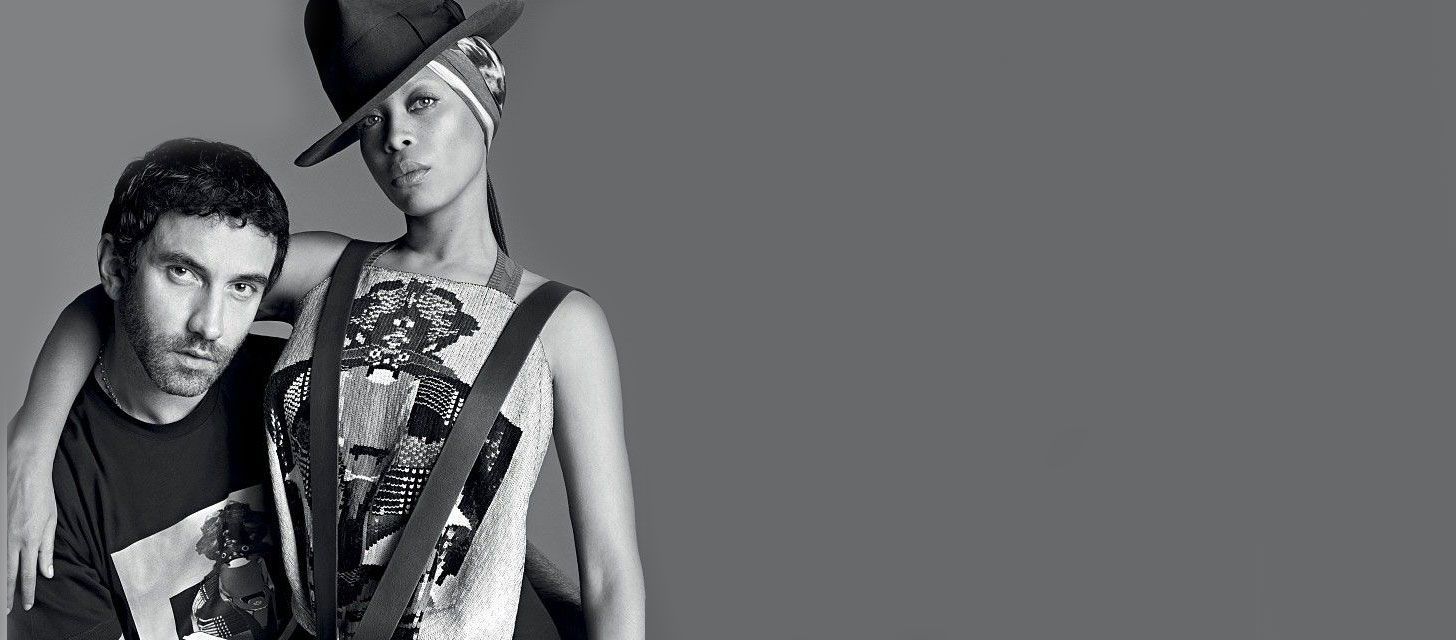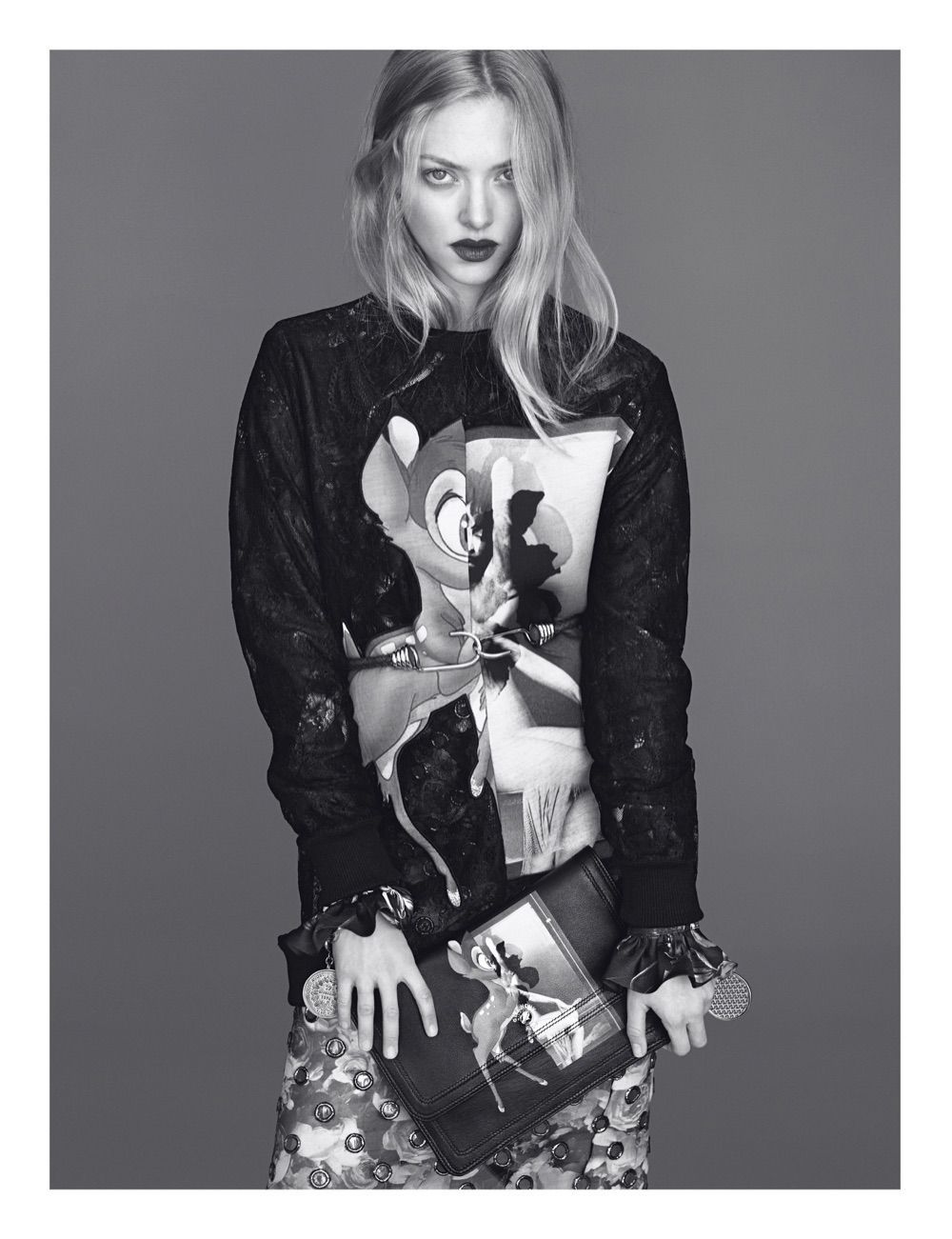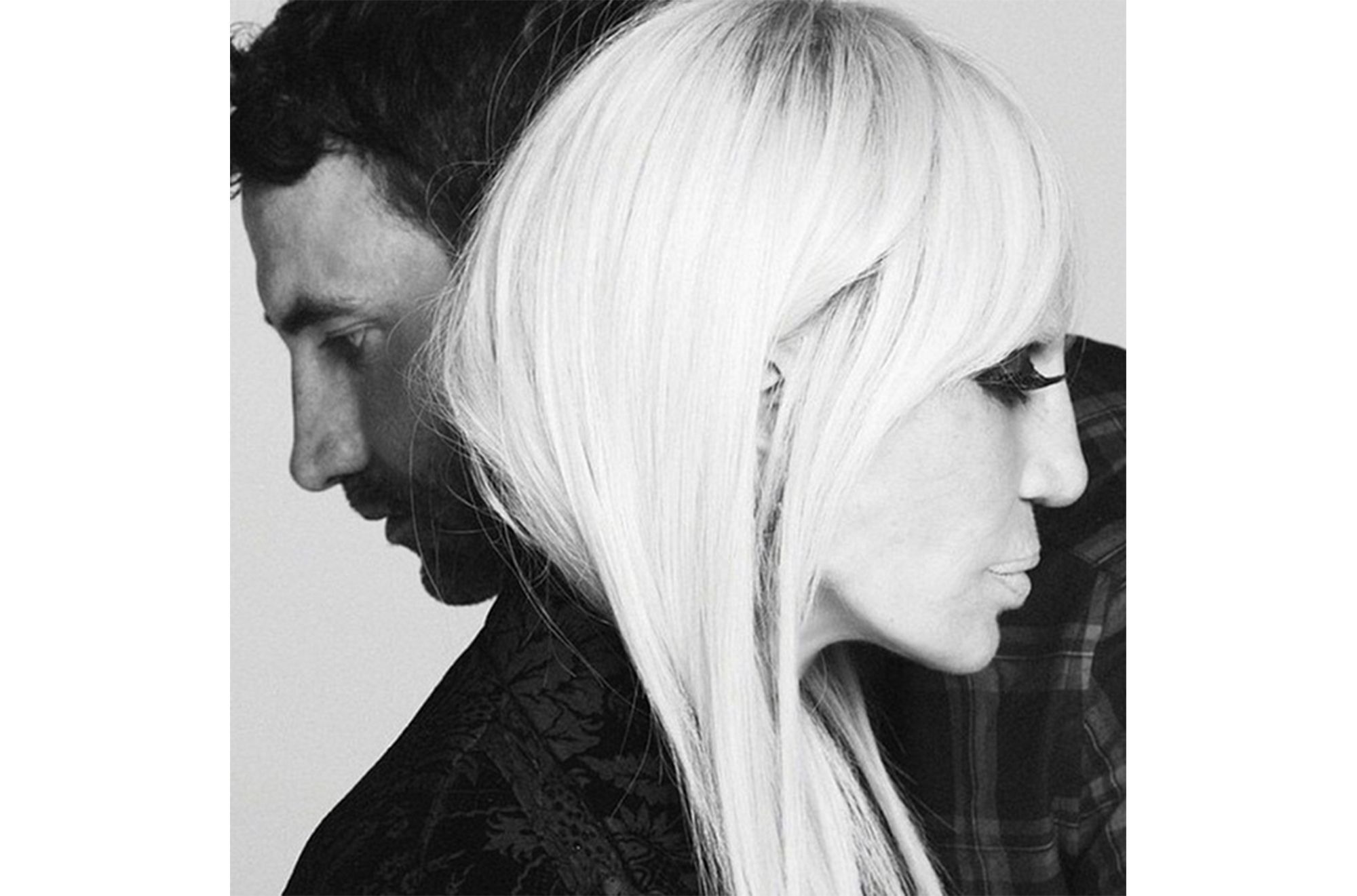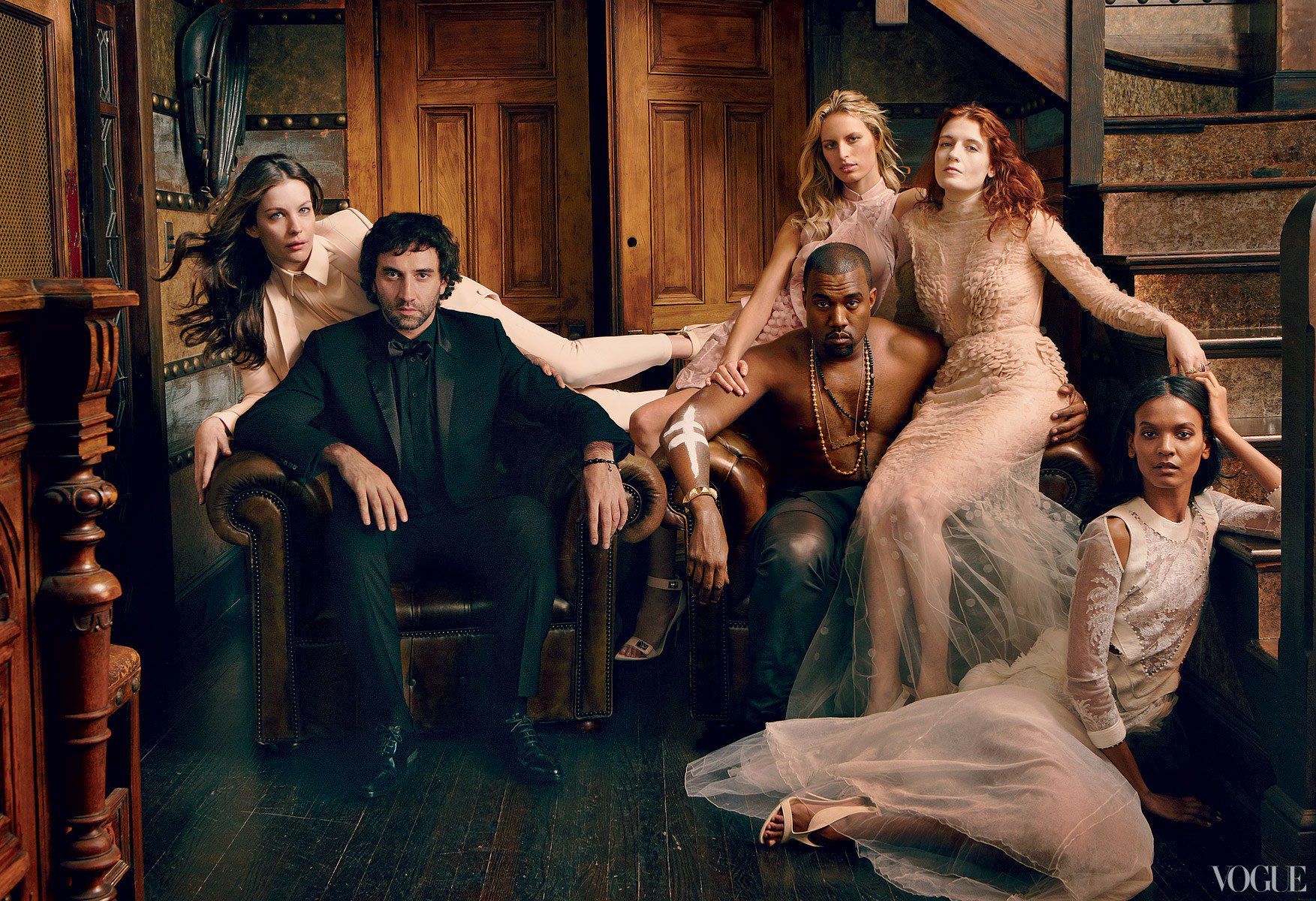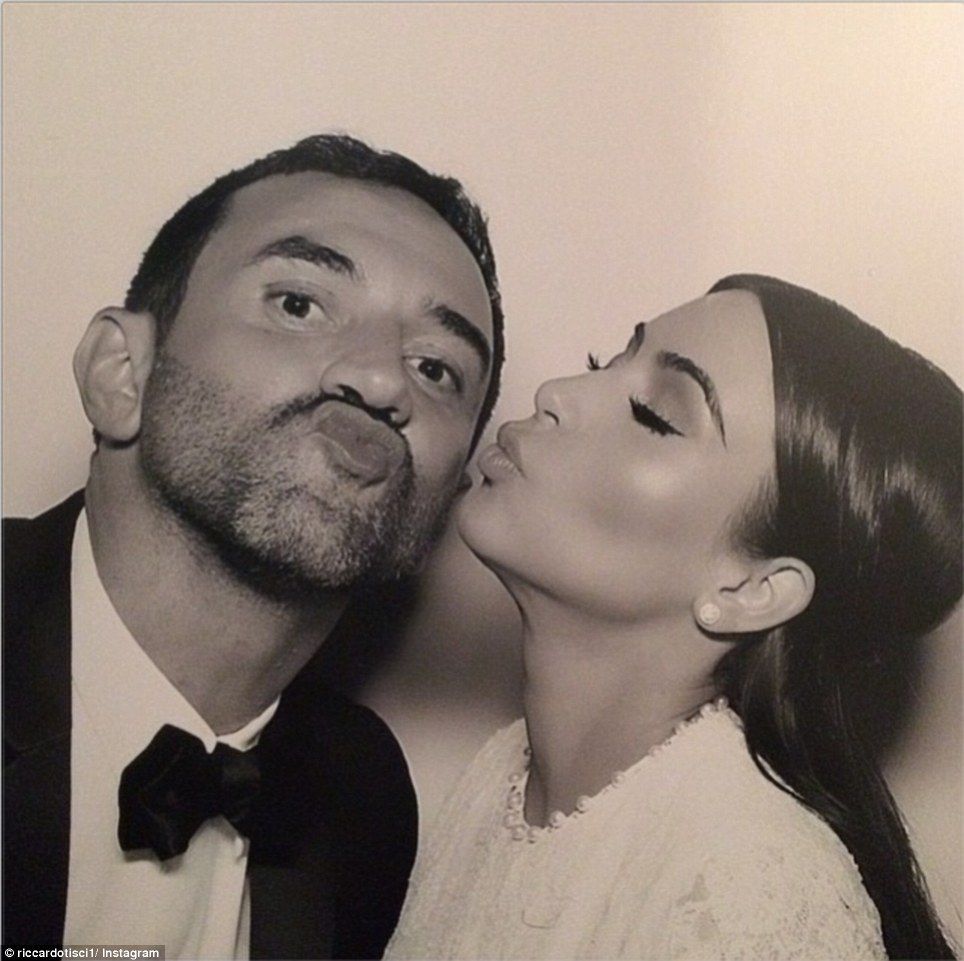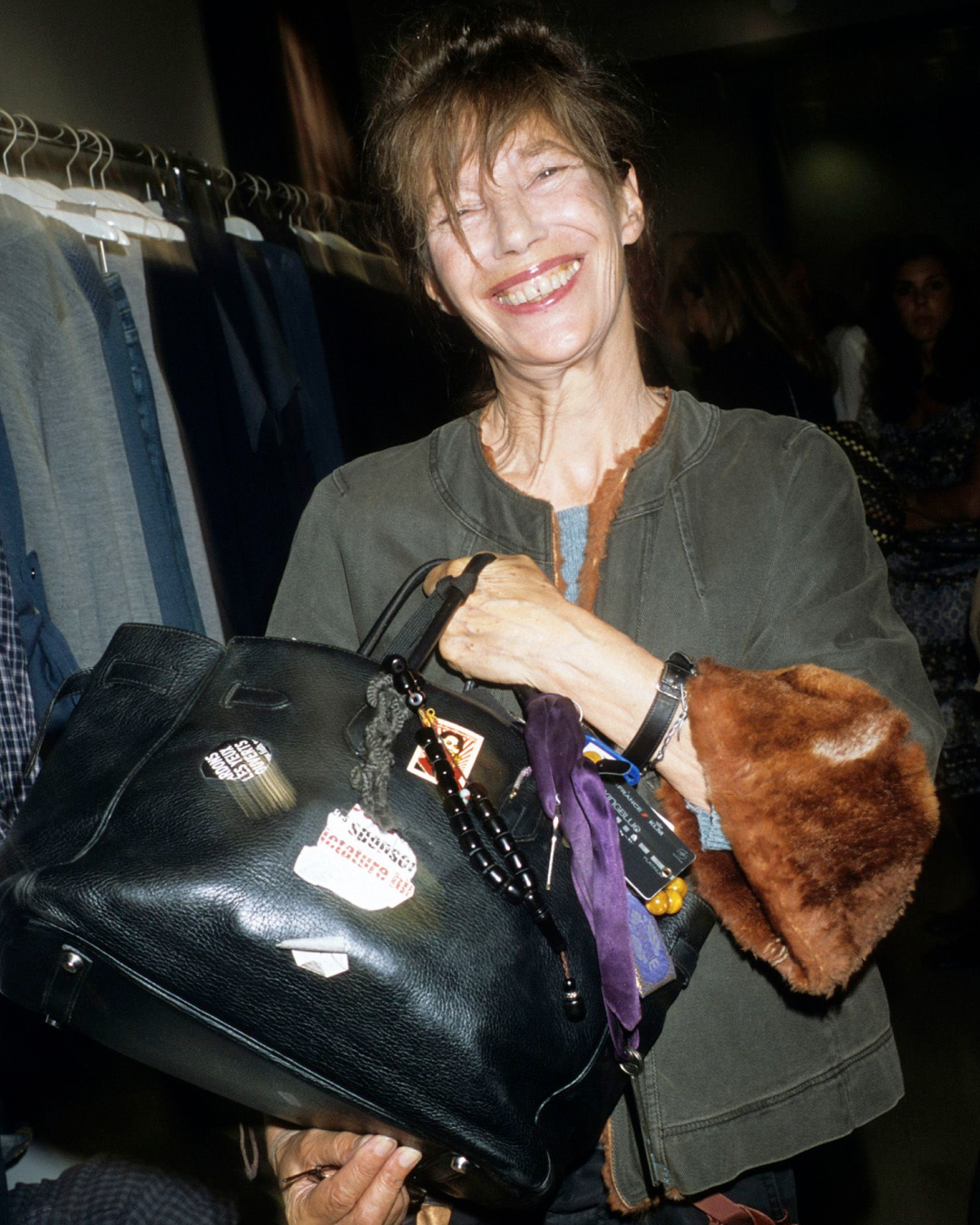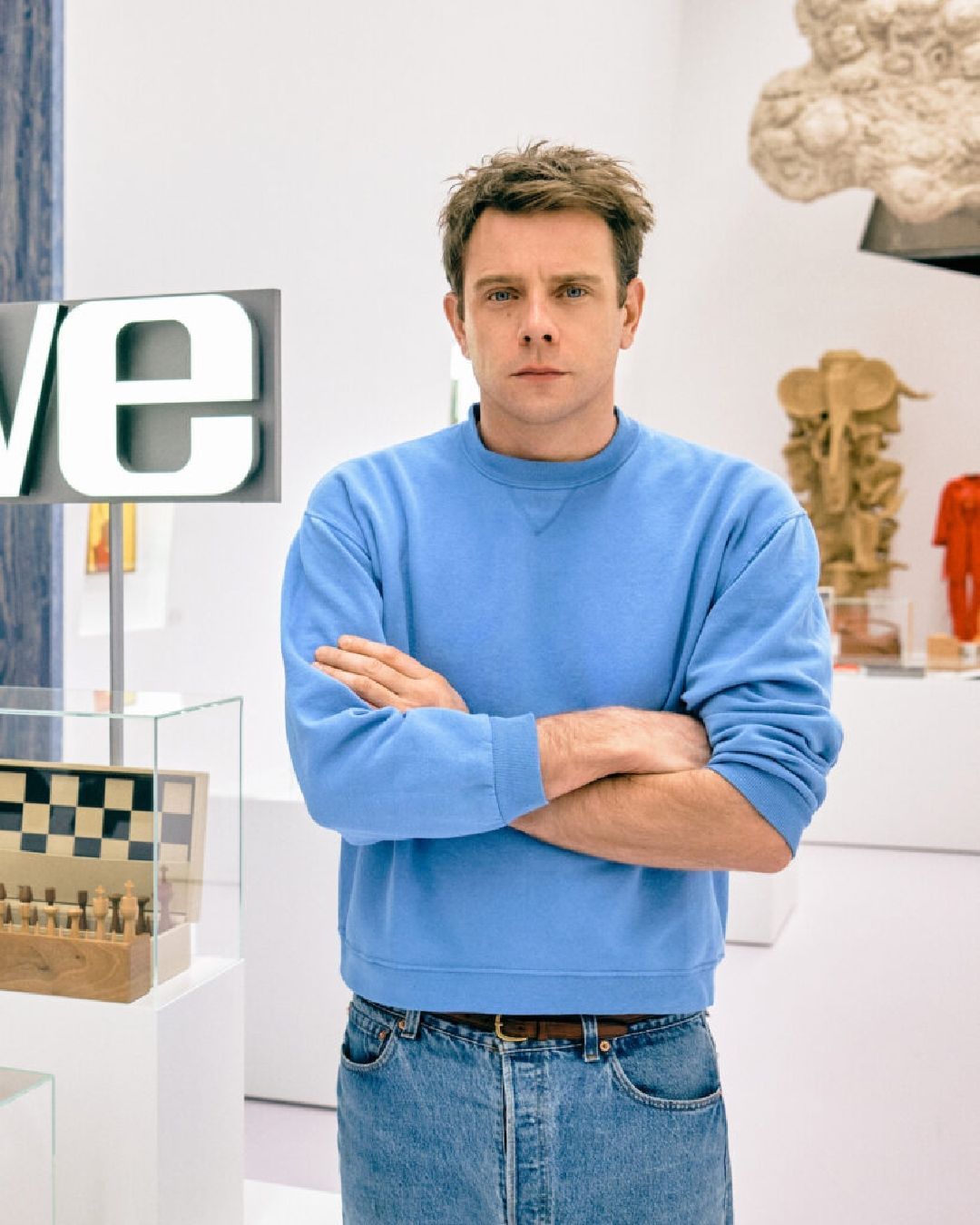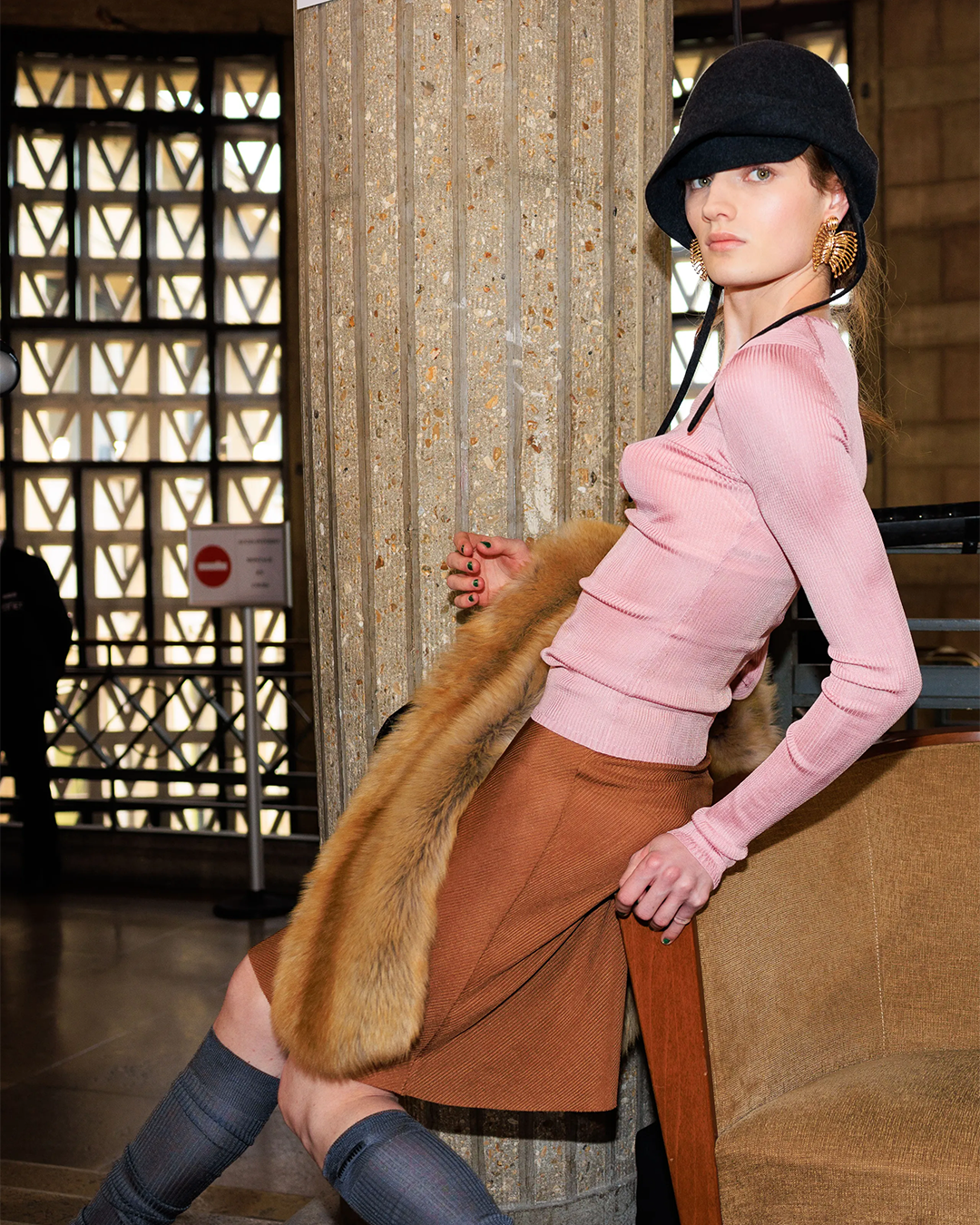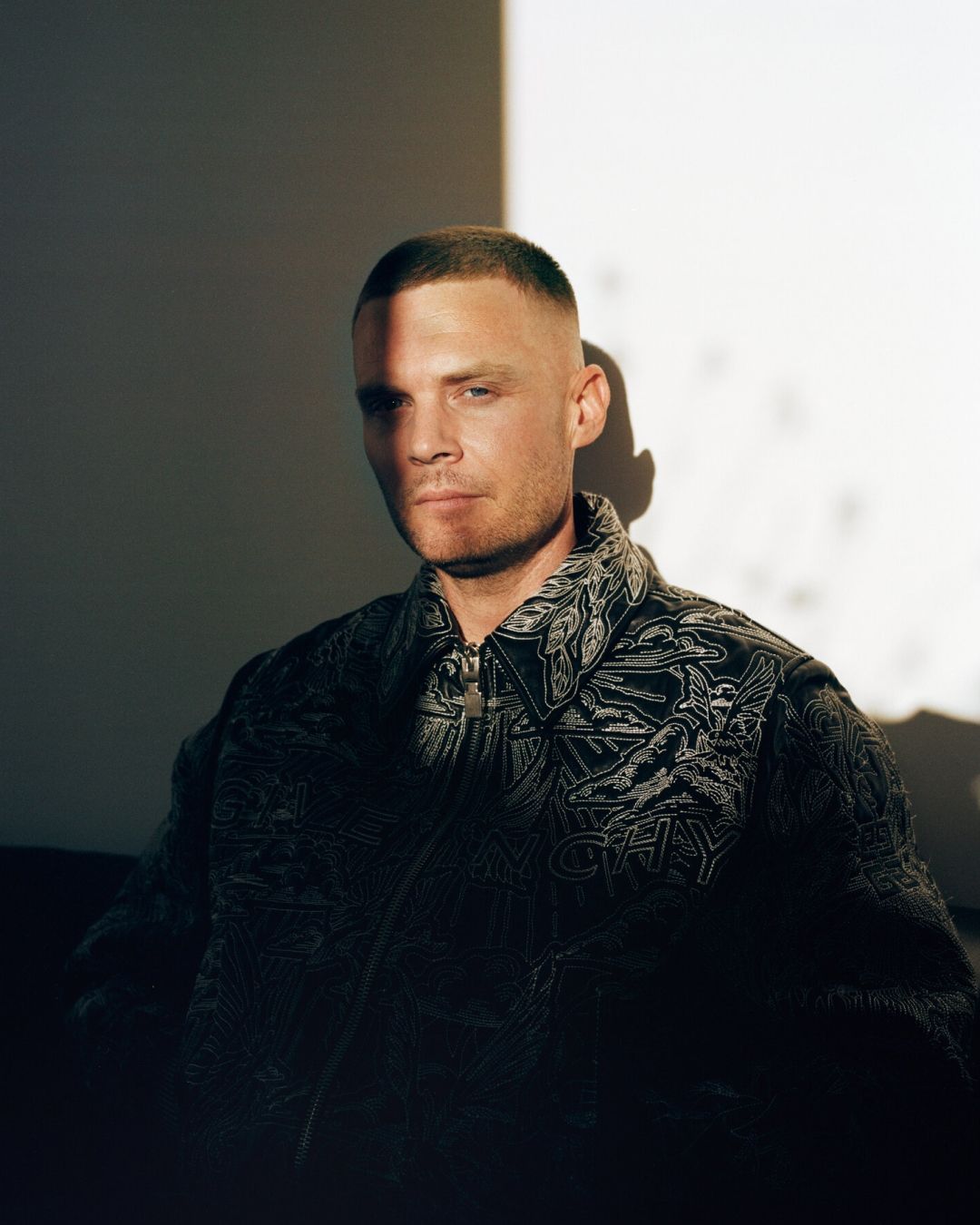
Fashion Revolution: Riccardo Tisci An analysis of the aesthetics that has transformed him into one of the most followed names of the contemporary scene
“Riccardo is one of the most talented designers of our time. His designs have an elegance that is contemporary and his skill in blending streetwear with high fashion is highly relevant to today’s luxury consumer.”
With these words, Marco Gobetti, CEO of Burberry, greets the arrival of Riccardo Tisci in the British fashion house.
Ready for a new start, the designer has spent the last 12 years as Givenchy's creative director, bringing the French fashion house from the brink of failure to be one of the coolest and most successful contemporary luxury international brands.
Not bad for a boy born in Taranto in 1974, fatherless, raised in the province of Como with his mother, 8 sisters, very little money and a lot of love.
How did he do it? With a skilful mix of talent, a profound understanding of the period we are experiencing and recklessness.
This shy student from Central St Martins in London, who entered the style of the style, has merged his passion for street style and haute couture, creating a new way of fashion. He introduced a languid, sensual and dark style, still managing to describe the reality of today's woman.
For Givenchy he has created over 90 collections. She brought girls with their faces decorated with jewelry on the catwalk, evoking modern tribalism, but also Victorian Chola, refined and intricate tailoring creations with pearls, lace and fringe and much more.
He has transformed clothes with religious prints, Rottweiler, panthers and Bambi in fashion statement and the kilt for men worn over leggings in something that instead of affecting the image of masculinity almost exalts it.
Known for his constant experimentation on the theme "gender-bender", he promoted diversity through his advertising campaigns by choosing models such as the transgender, former personal assistant and friend Lea T.
He has collaborated with historical brands such as Nike and iconic artists such as Marina Abramovic, who later became a sort of second mother, and was the first to choose as a testimonial of the brand a direct competitor, Donatella Versace.
He was able to win the esteem and friendship of a large number of stars, from Kanye West to Madonna, for the first he designed the cover of the album with Jay-Z, "Watch the throne", for the second the costumes of his "Sticky and Sweet Tour".
Rihanna. Jessica Chastain. Rooney Mara. Liv Tyler. Ciara. Courtney Love. Kim Kardashian (Tisci is the author of her wedding dress). Beyoncé.
They are customers, admirers, muses, friends, family. They are all in love with him and his creations (who often choose for the red carpet), and, together with Marina Abramovic, Lea T, Joan Smalls and the top Mariacarla Boscono, best friend of the designer, are part of the "Tisci gang".
High, lending, Mediterranean traits, black polo, jeans and sports shoes, Riccardo Tisci does not look like a refined and modern couturier able to revive the fate of a dying company or one of the most influential people according to the Times, but it has the character and the skill.
He has amply demonstrated it.
Revolution
#Streetstyle meets couture
Riccardo Tisci is one of the first to merge Haute Couture and the world of sports.
He understands that a printed sweatshirt or tee can be the key to making street even the most refined look and so Rottweiler, Bambi and depictions of the Madonna become the cult piece to own.
Tisci plays with ambiguity mixing the best of street style with the queer culture.
He does so above all in the men's collections with the Cuban Fit t-shirts, the studded tartan shirts, the Tyson sneakers, the oversized printed shorts or the kilt worn over the leggings (look beloved by Kanye West).
His is much more than a commercially successful idea.
It is a profound understanding of street culture, "of the honest one where people are not afraid to express themselves by giving little importance to the impositions of fashion".
For this golden boy grown without much money the street elements in Givenchy’s collections or in his collaborations with Nike have a further value, they are a social leveler, the possibility for a normal young man, as Riccardo himself pointed out, "to join the "Givenchy crew" if they want, and more generally the "fashion gang"".
#Dark romanticism
Velvet, embroidery, prints of peacock feathers, lace, pearls, religious allegories, minotaurs, mermaids, dramatic and beautiful facial jewels and a good dose of black.
These are the ingredients that make Tisci's aesthetic a romantic gothic tale that shines with a thousand shades of darkness.
"My style is dark romanticism with a touch of sensuality and religion" - the designer has told many times - “I love romanticism and sensuality, maybe because I come from a family with eight sisters. I’m also a person who is very emotional. I like black, I like white. I never like what’s in the middle ... When I read in the newspapers or on the internet the phrase "black is very Tisci" I'm very happy, because for me it's a nuance that represents all the colors of the world, it's rich but at the same time precise. It is also a shade that I have never found dark but rather positive. For me, the night is the moment when people rest, when they make love, they enjoy, relax, a sort of celebration of life ".
#Unorthodox Ideas of Beauty
Since his first days at Givenchy, Tisci has embraced an inclusive and unconventional idea of beauty, even venturing into the exploration of the ugly, the horrid.
He was one of the first designers to repeatedly and instinctively promote racial diversity among his models, to experiment on sexuality and gender.
The casting of Givenchy's fashion shows and advertising campaigns are the mirror of this freedom in declining the beauty, embodied by beloved divas like Julia Roberts, Giselle or Irina Shayk, but also the fascinating transgender model Lea T or the albino model Stephen Thompson.
"I am an outsider myself and I know what it is like to be." - revealed the designer from Taranto - "I have been unconsciously unconscious. And when I had the chance, I tried to talk to the new generations and convey deep messages. Whether it was joining Naomi to defend feminism or joining Lea T to break down the clichés about the world of transsexuals. I tried to break down the barriers. Those racist, those respectable. Having been marginalized I know what barriers can be. And I tried to destroy them, causing them. "
#Family
Tisci grew up in a large and united family, made up of strong female figures who loved him, supported him, inspired him and so, even in his working life, he always tried to recreate this nucleus.
His crew is made up of friends, muses, clients, common people and many celebrities: from Lea T to Mariacarla Boscono, from Marina Abramòvic to Rihanna (she was the one to install Instagram on Riccardo's cell phone), Kim Kardashian and Kanye West to Madonna.
“I have to be honest” - Tisci has explained many times – “My great strength, which I very much believe in, is family. For me, family doesn’t simply mean components of DNA. I mean family in the sense of siblings. My mom and my sisters are the energy and inspiration in my life. For me, fashion is a job. I love it. It’s my passion. But the most important thing for me in general is life. I was lucky. From the time I was a little, I was always surrounded by women, and I am very attracted to the feminine world, because I love the strength and romanticism, which in the end, you can find in my style.”










































